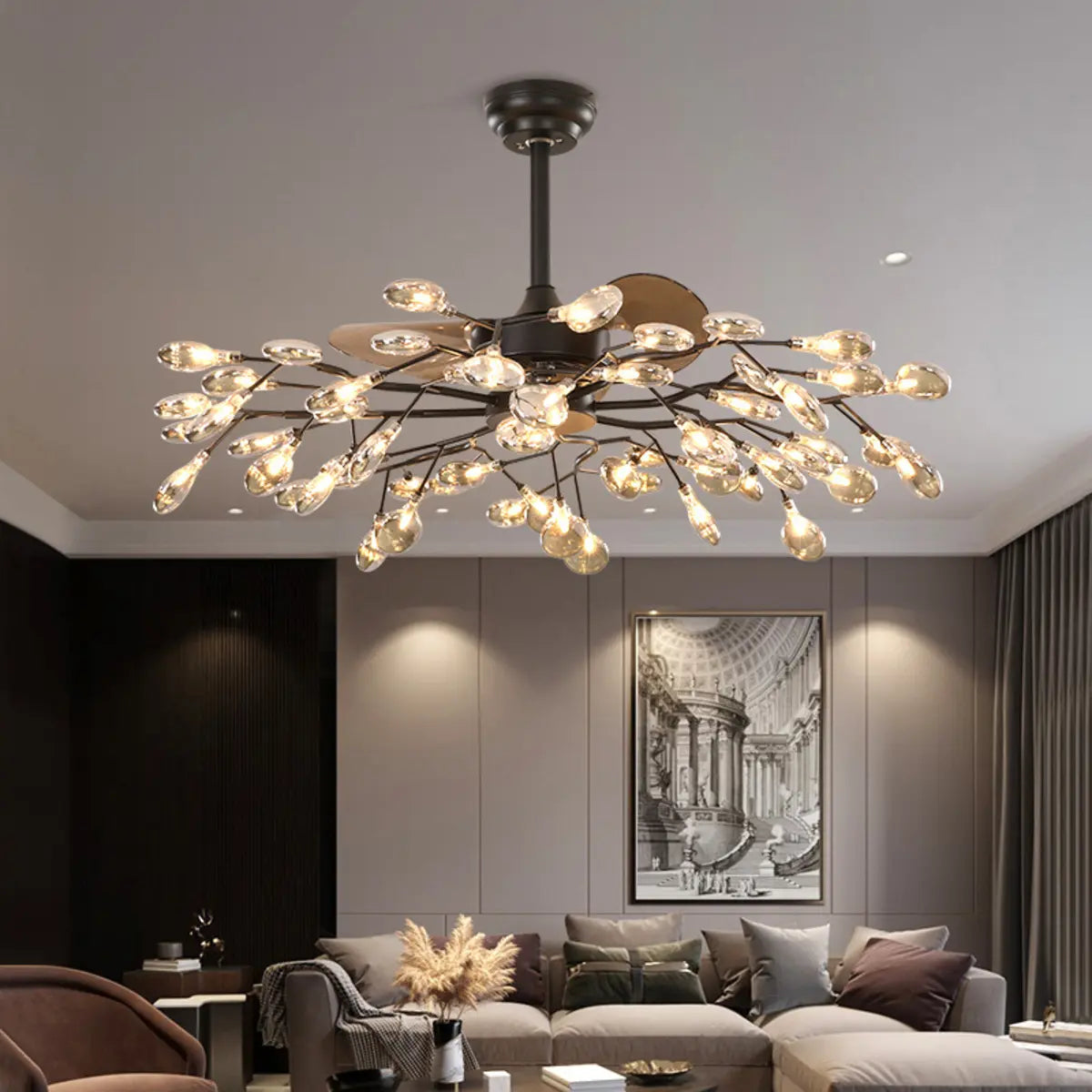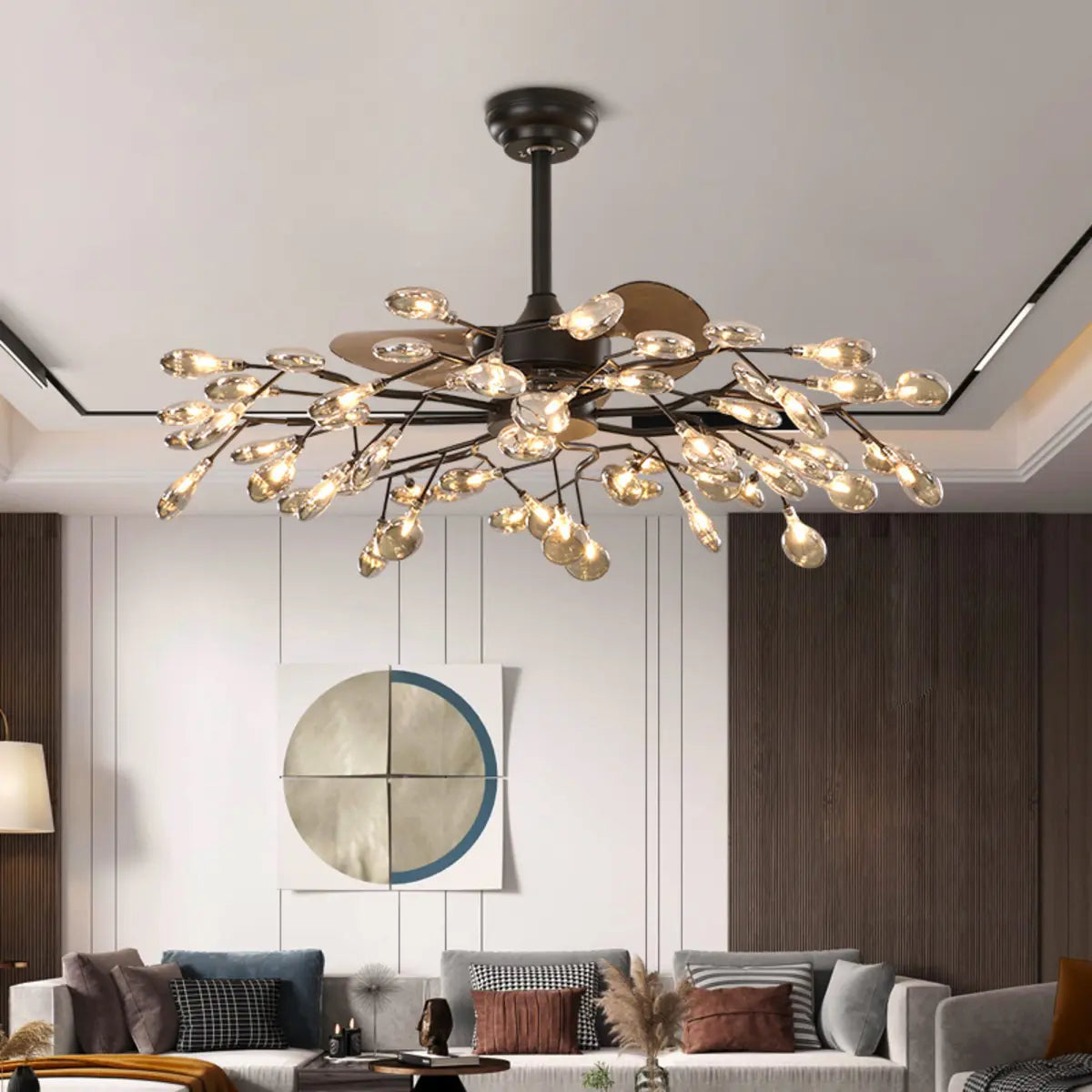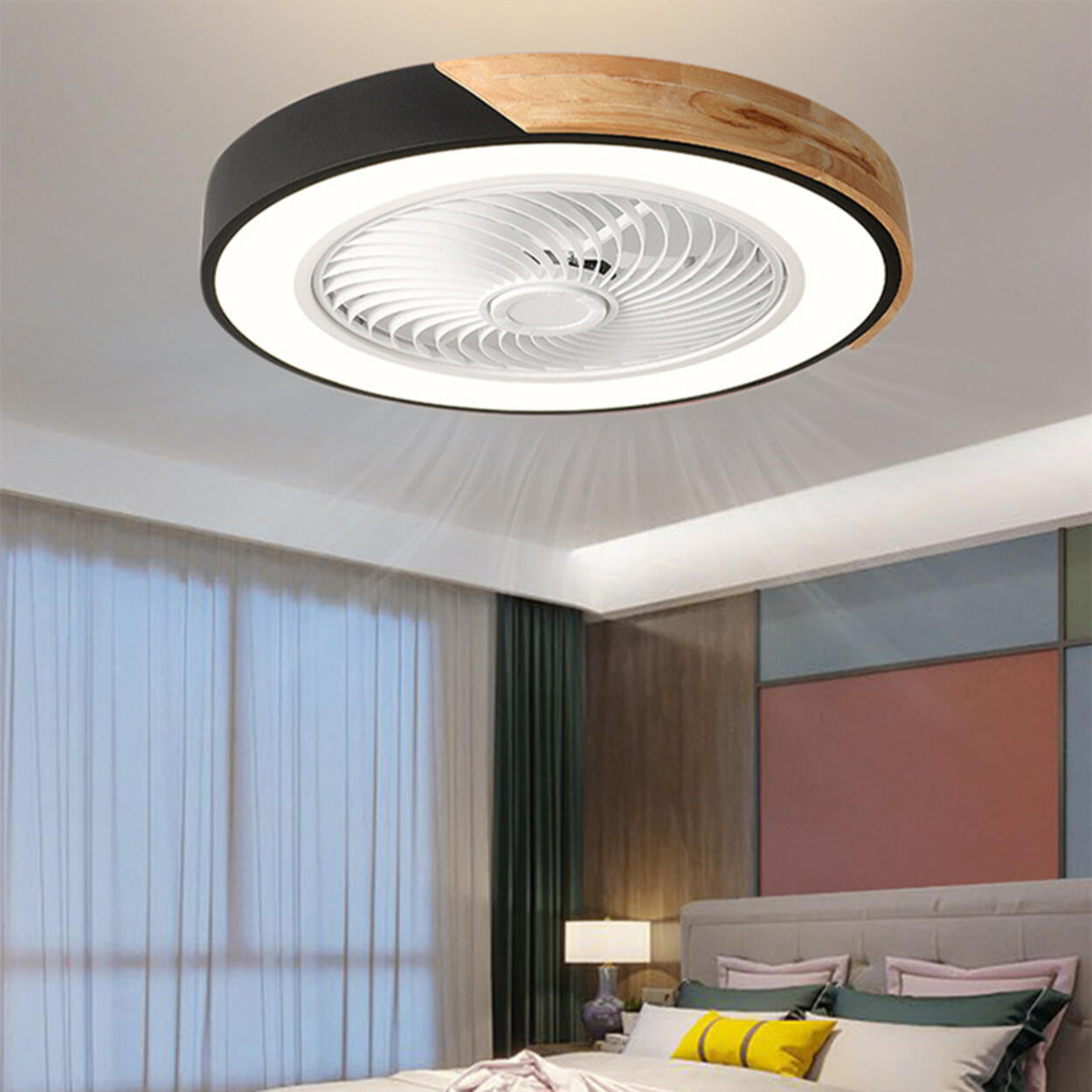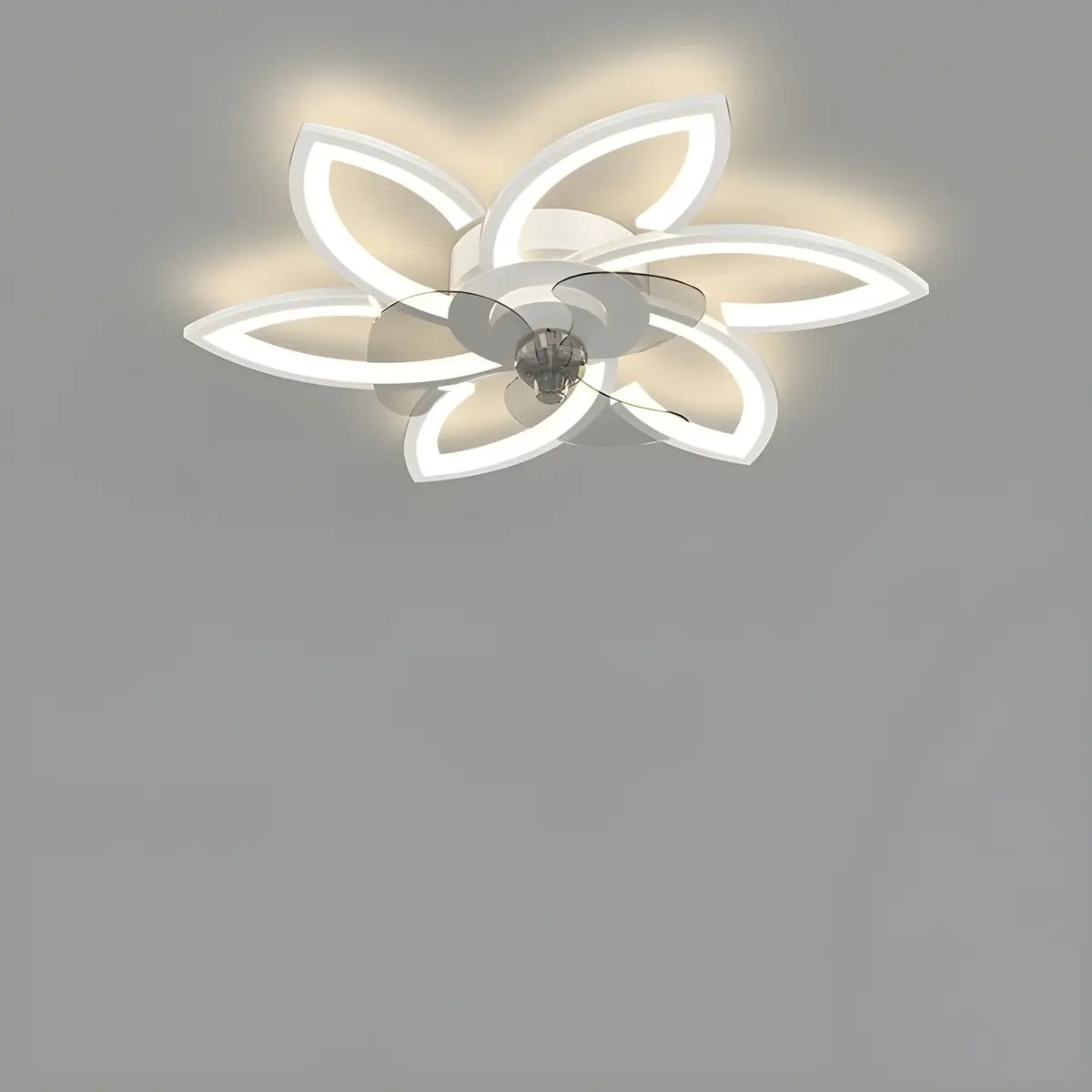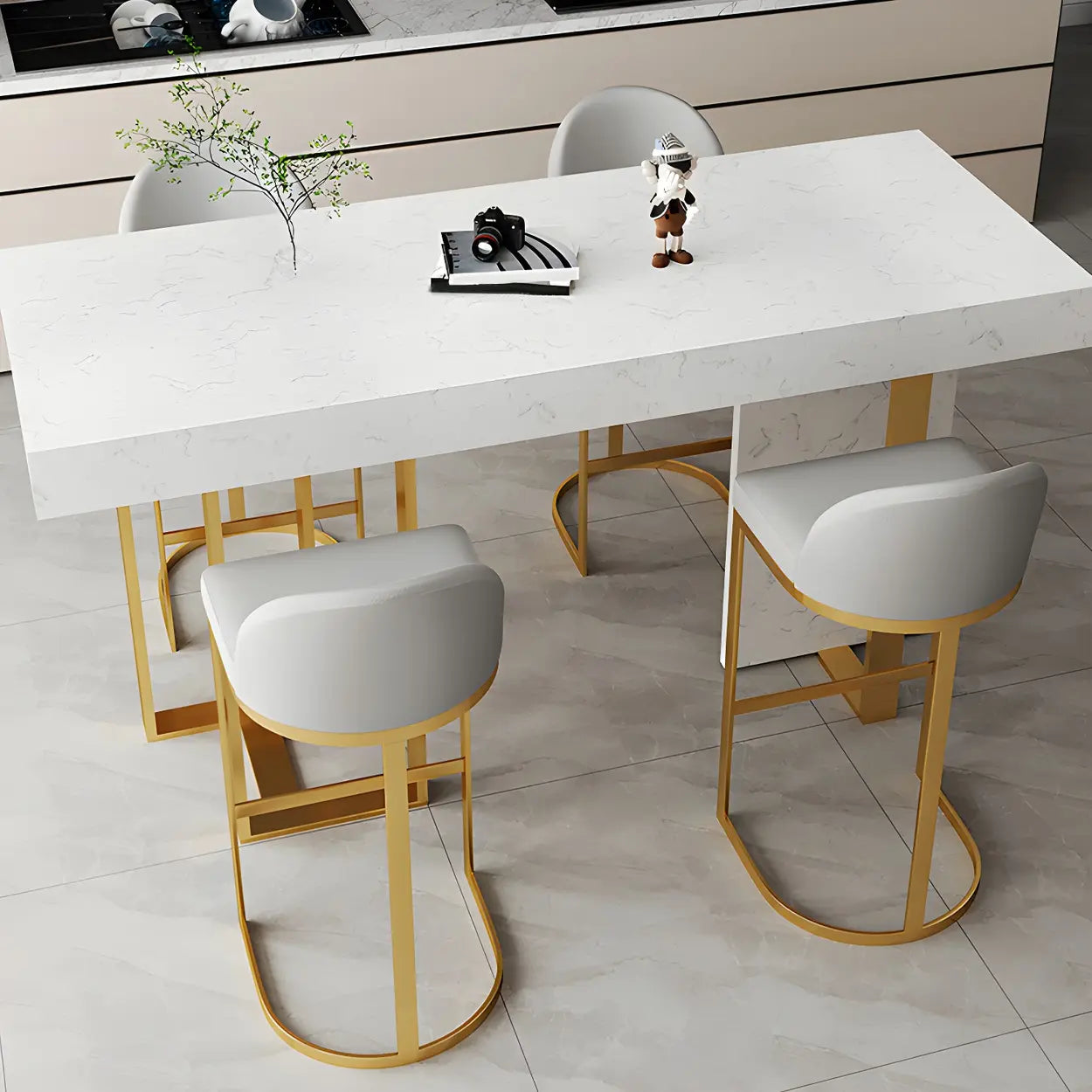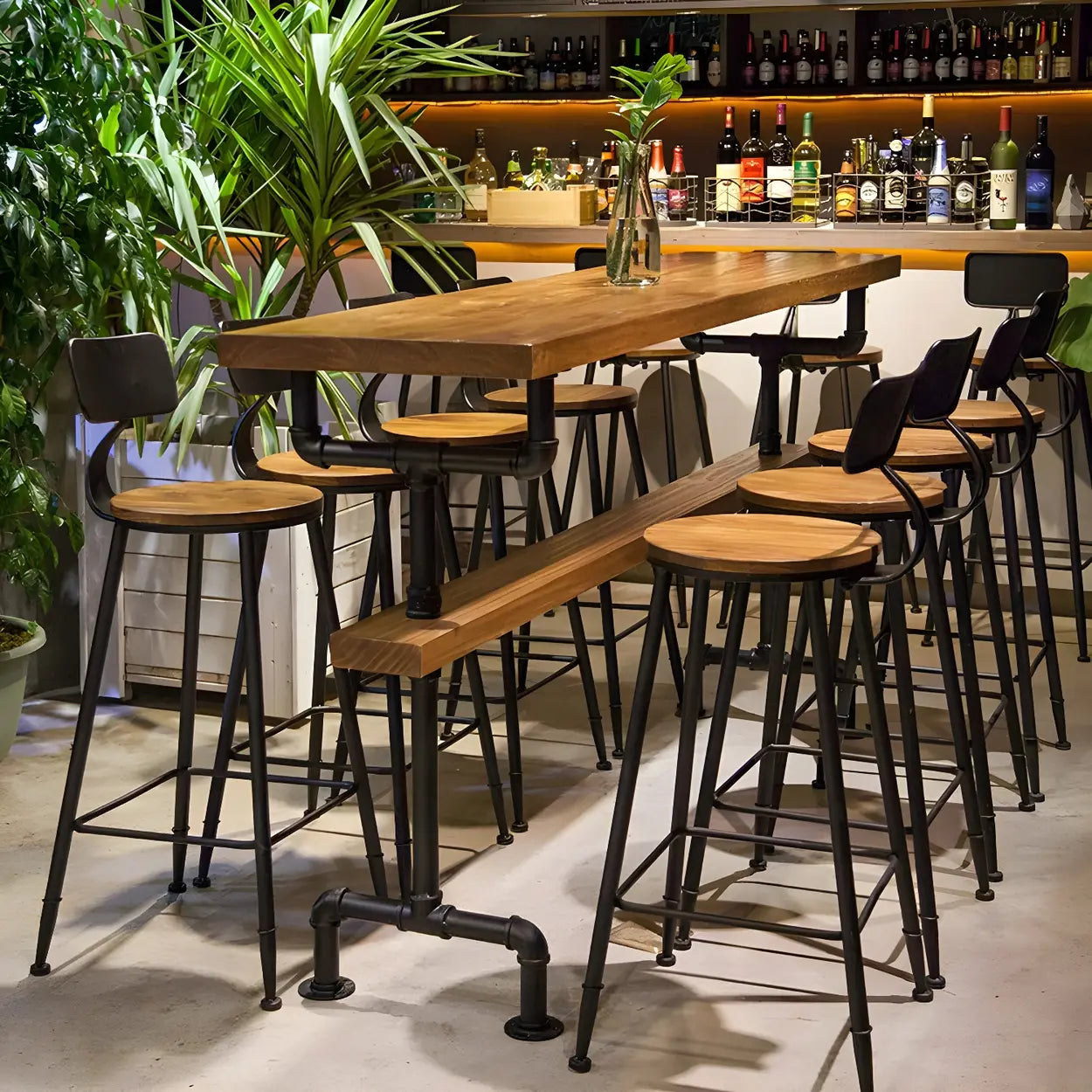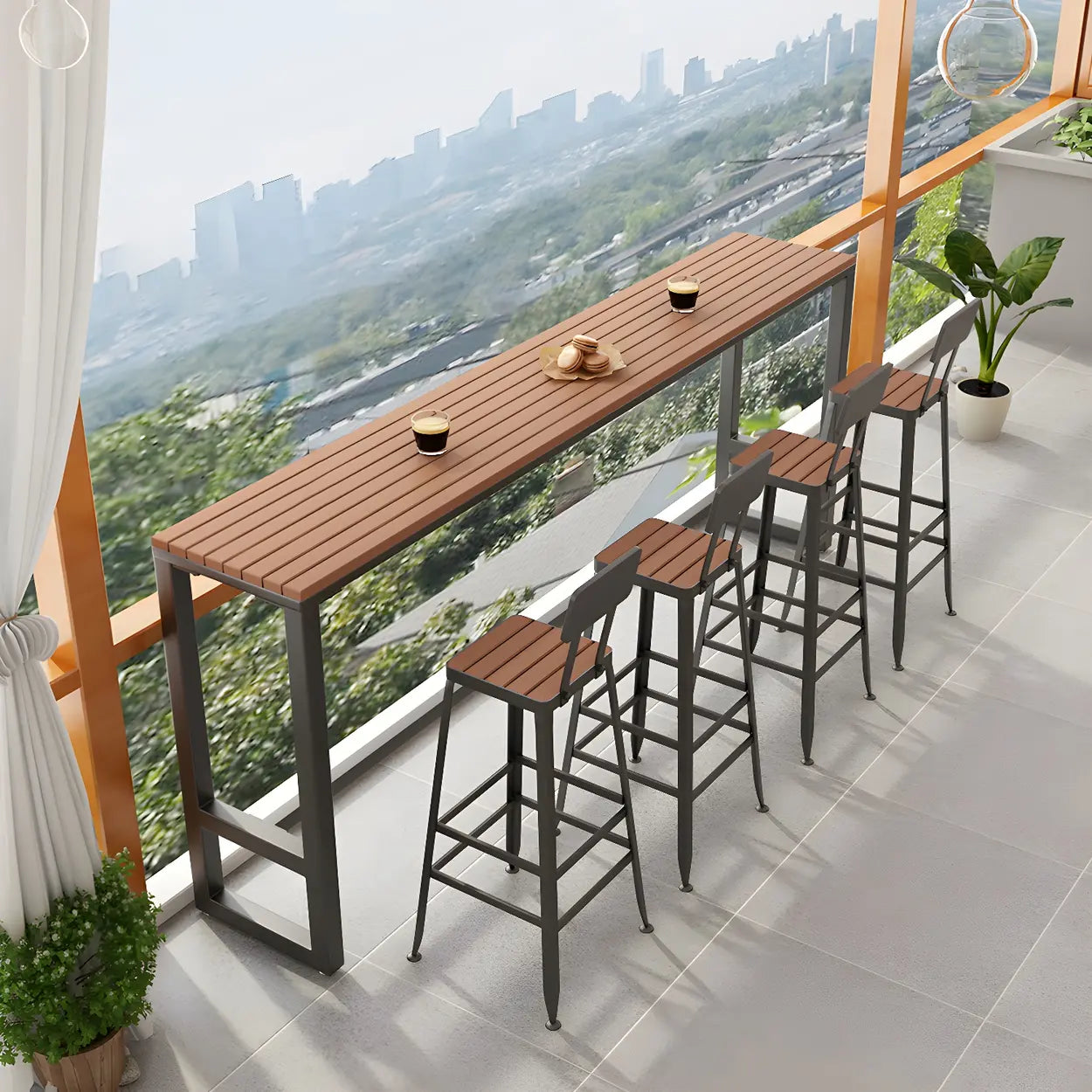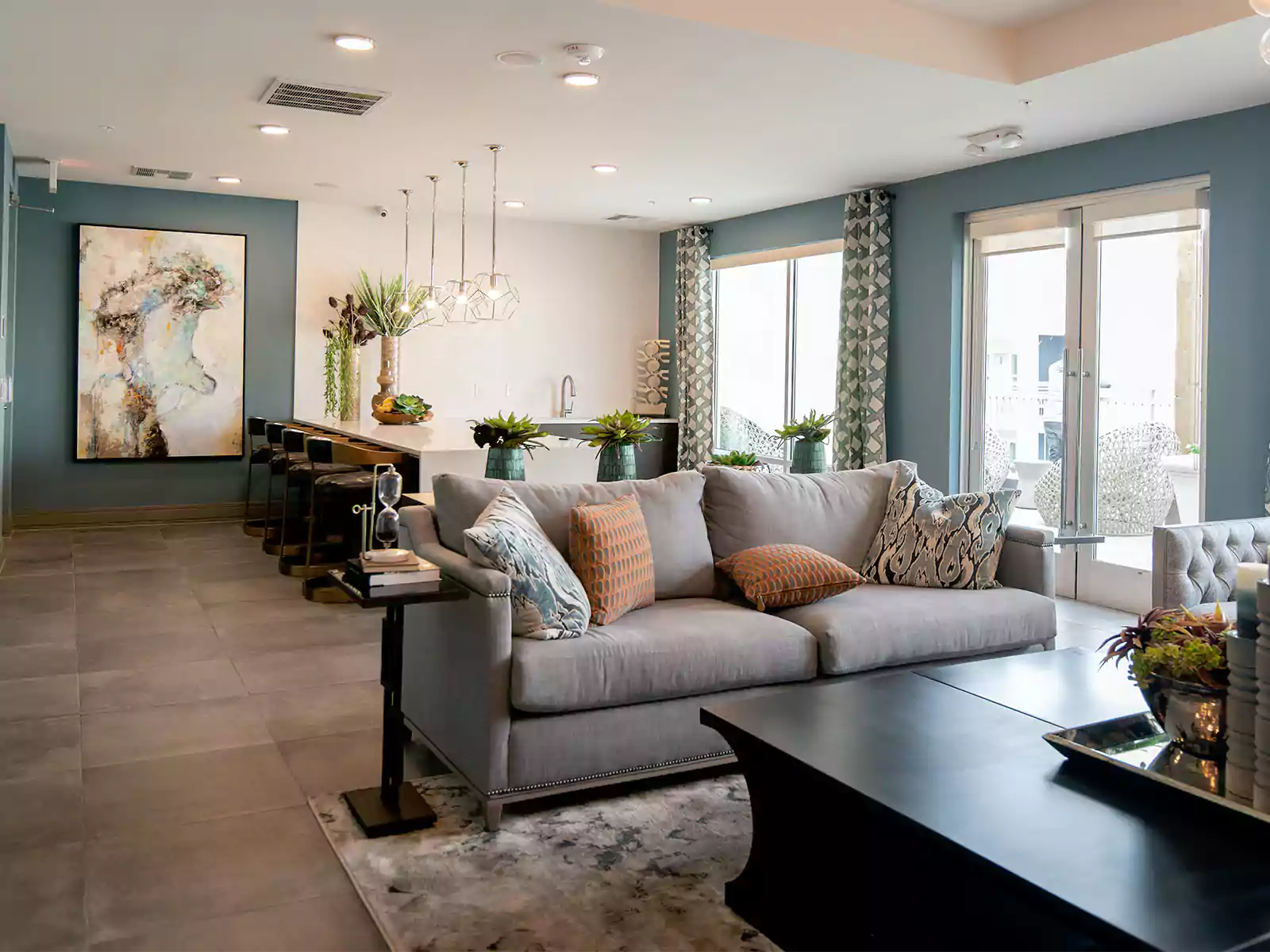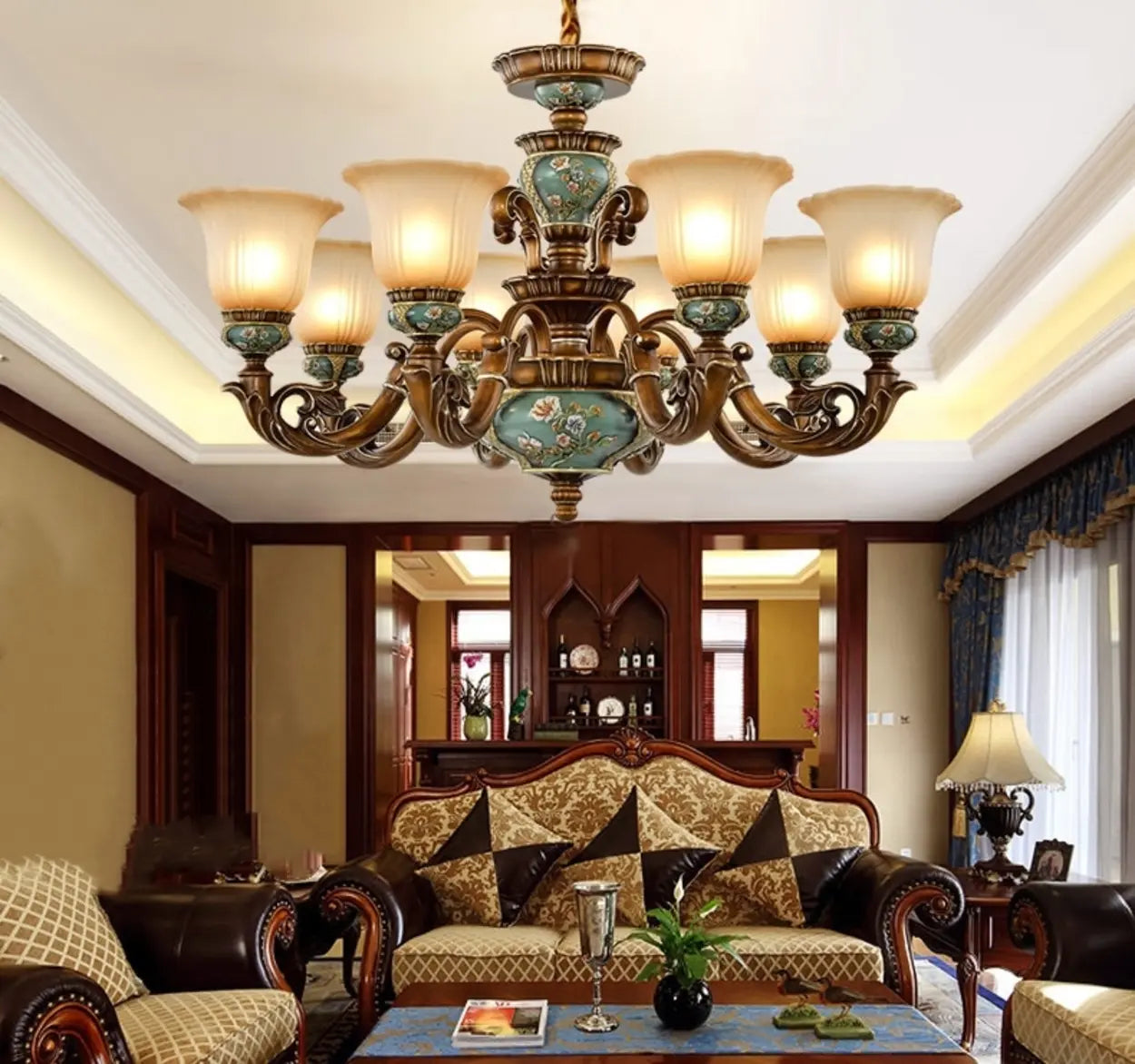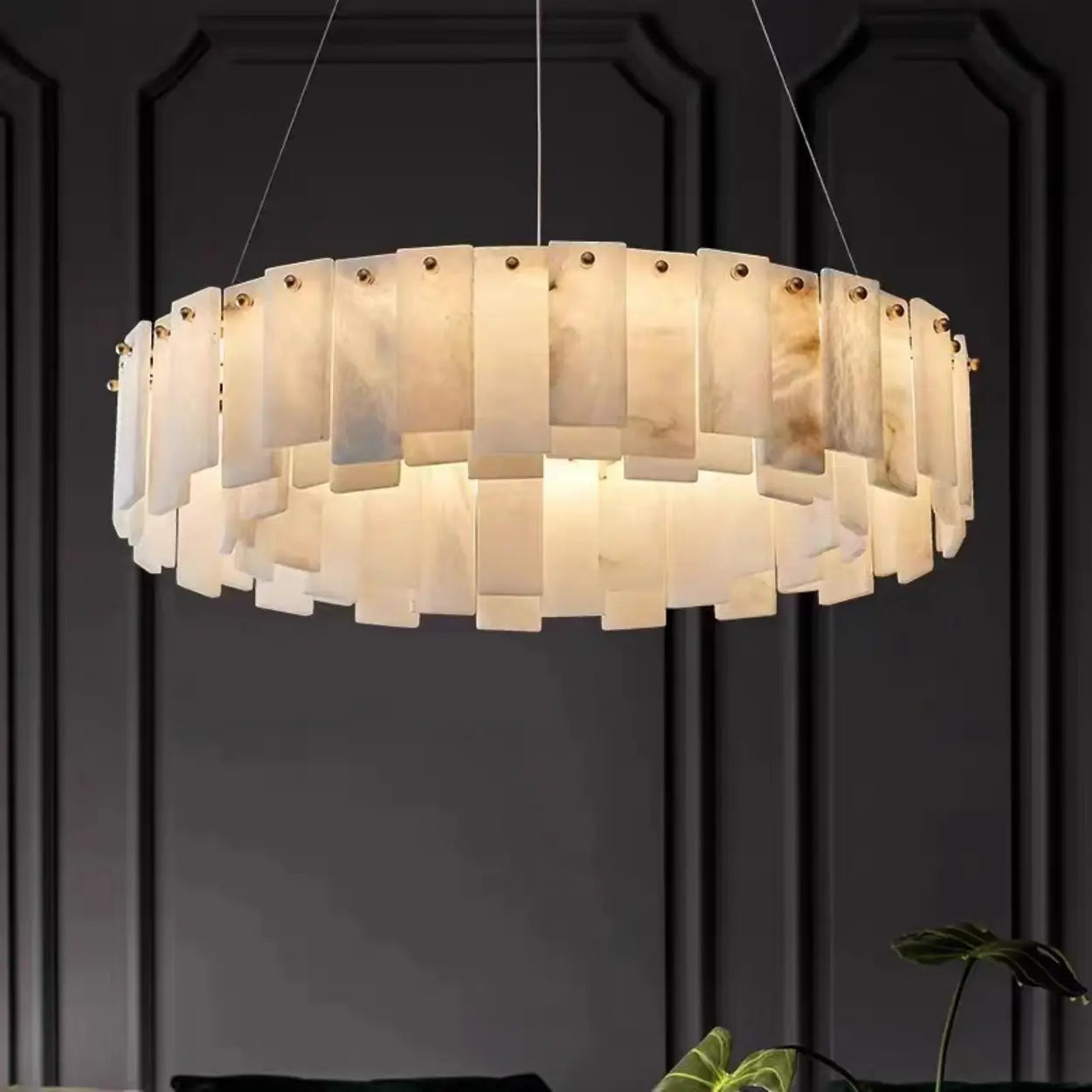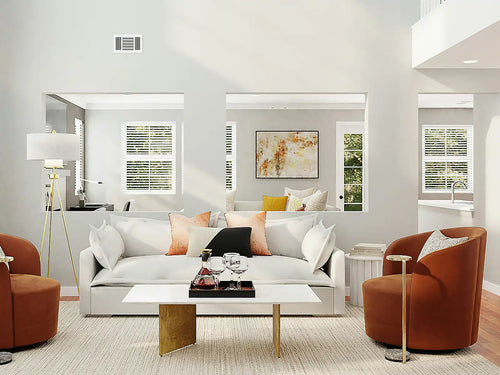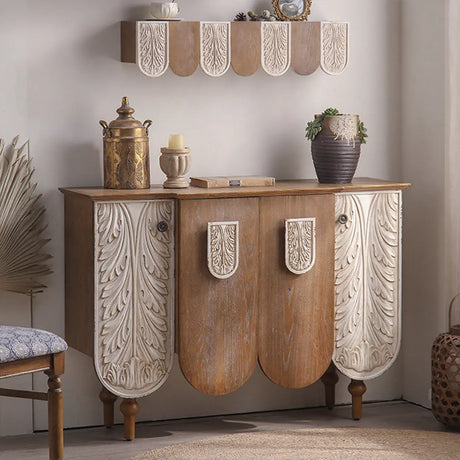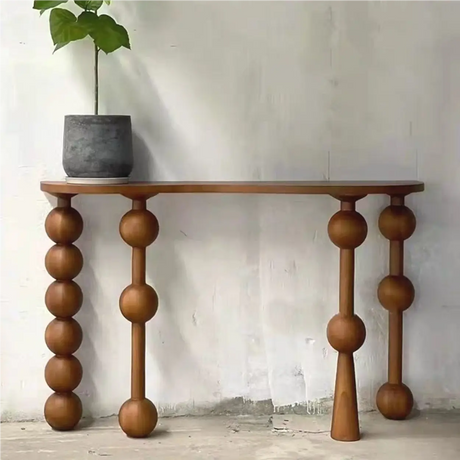Console tables and side tables are two distinct furniture pieces that serve different purposes in your home. While they may seem similar, knowing the console table vs side table differences helps you pick the right one for your space and avoid buying something that won't work where you need it.
Table of Contents
What Is a Console Table?

A console table is a narrow table designed primarily for decorative display and light storage. Originally used in grand entryways, these tables have become popular accent pieces throughout modern homes.
Key features:
- Narrow profile that fits against walls without taking much floor space
- Typically stands at counter or bar height
- Provides surface space for decorative items, keys, and mail
- Often features drawers or lower shelves for storage
- Works as a visual anchor in hallways and entryways
- Available in various leg styles including four legs, tapered legs, or pedestal bases
What Is a Side Table?

A side table is a small, functional table designed to sit beside seating furniture. It's an essential piece that provides a convenient surface for items you need within arm's reach.
Key features:
- Compact size suitable for placement next to sofas, chairs, or beds
- Built at a height that aligns with sofa arms or mattress tops
- Primary purpose is holding everyday items like drinks, phones, and lamps
- Often used in pairs at either end of a sofa
- Common shapes include round, square, and rectangular
- May include drawers, shelves, or open bases
Console Table vs Side Table: Key Differences
Here's how these two tables compare across the factors that matter most when choosing furniture.
| Feature | Console Table | Side Table |
| Typical Size | 40-60" L × 10-18" D × 28-36" H | 18-24" W × 18-24" D × 22-26" H |
| Shape | Long rectangular | Round, square, or rectangular |
| Primary Function | Display and decoration | Everyday functional use |
| Best Placement | Against walls, behind sofas, entryways | Beside seating, next to beds |
| Price Range | $150-$800+ | $80-$400+ |
| Ideal For | Narrow spaces, statement pieces | Convenient access while seated |
Size and dimensions
| Dimension | Console Table | Side Table |
| Length/Width | 40-60 inches | 18-24 inches |
| Depth | 10-18 inches | 18-24 inches |
| Height | 28-36 inches | 22-26 inches |
Console tables are long and narrow, fitting against walls without blocking pathways. Side tables are compact with balanced proportions for stability.
The height difference is key: console tables work at standing height for display, while side tables match sofa arms for easy reach while seated.
Shape and design
Console tables are almost always rectangular with a long, linear form that emphasizes horizontal lines in a space.
Side tables come in diverse shapes-round, square, oval, and rectangular-with designs that can be more varied since they don't need to fit flush against walls.
Function and purpose
Console tables serve primarily as display surfaces and decorative focal points. They showcase artwork, family photos, and seasonal decor while providing a drop zone for keys and mail.
Side tables are working surfaces built for daily use, holding coffee cups, remote controls, reading materials, and table lamps.
Price differences
| Table Type | Typical Price Range | Premium Options |
| Console Table | $150-$800 | $800+ |
| Side Table | $80-$400 | $400+ |
Console tables typically cost more due to their larger size and decorative focus.
Side tables are generally more affordable, though material choice affects price more than the table type itself. Both types offer options across various budgets, depending on materials like wood, metal, glass, or marble.
When to Use a Console Table?

Console tables solve specific design challenges in homes where you need surface space without depth.
Entryway and hallway applications
A console table in your entryway creates an organized landing spot when you walk in the door. Drop your keys in a tray, sort mail, and display a lamp or mirror above to make the space feel welcoming. Hallways benefit from console tables that add visual interest without narrowing the walkway.
Behind the sofa placement
When your sofa sits away from the wall, the gap behind it often feels empty and awkward. A console table fills this space perfectly, providing a surface for lamps and decor while adding structure to the room layout.
Against walls in narrow spaces
Any blank wall in a narrow area-beside stairs, in a dining room, or along a living room wall-becomes more functional with a console table. The minimal depth means you're not sacrificing walkable space.
When to Use a Side Table?

Side tables are necessary anywhere people sit and need convenient access to a surface.
Next to sofas and chairs
Place side tables at each end of your sofa to give everyone a spot for drinks and devices. A side table beside a reading chair creates a cozy nook where everything you need is within reach.
Bedroom nightstand alternative
Side tables work as nightstands when you want something less bulky than traditional bedroom furniture. Choose a height that aligns with your mattress top for comfortable access to your phone, lamp, and book.
Accent pieces for seating areas
Tuck a small side table between two chairs, beside a window seat, or next to a bench to add both function and style to underutilized corners.
Conclusion
Choosing between console tables vs side tables depends on where you'll place it and how you'll use it. Console tables are tall, narrow pieces for walls, entryways, and behind sofas where you need decorative height. Side tables are compact, functional surfaces for beside seating where you need easy access while sitting. Match the table type to your specific spot and purpose, and you'll end up with furniture that works exactly as you need it to.
Frequently Asked Questions
Can you use console tables and side tables interchangeably?
Can you use console tables and side tables interchangeably?
Sometimes, but usually not. A narrow console can work as an oversized side table with a large sectional, but a side table behind a sofa is too short. Console tables beside seating are awkward due to height.
What is the standard height difference?
What is the standard height difference?
Console tables are typically 28–36 inches tall, while side tables measure 22–26 inches. This 6–10 inch gap reflects their different uses—standing versus seated access.
Which one is better for small spaces?
Which one is better for small spaces?
Side tables are better for small rooms because they’re compact and multifunctional. Console tables require wall space and length that tight spaces often lack.
Can you put a console table next to a sofa?
Can you put a console table next to a sofa?
No. Console tables should go behind sofas or against walls. For placement at the ends of a sofa, use side tables instead.
Do console tables need to be against a wall?
Do console tables need to be against a wall?
Yes. Console tables are designed for wall placement. Their narrow depth and long length look unfinished and feel unstable away from walls.
Are side tables and end tables the same thing?
Are side tables and end tables the same thing?
Yes. Side tables and end tables are interchangeable terms for small tables placed beside seating, serving the same function.

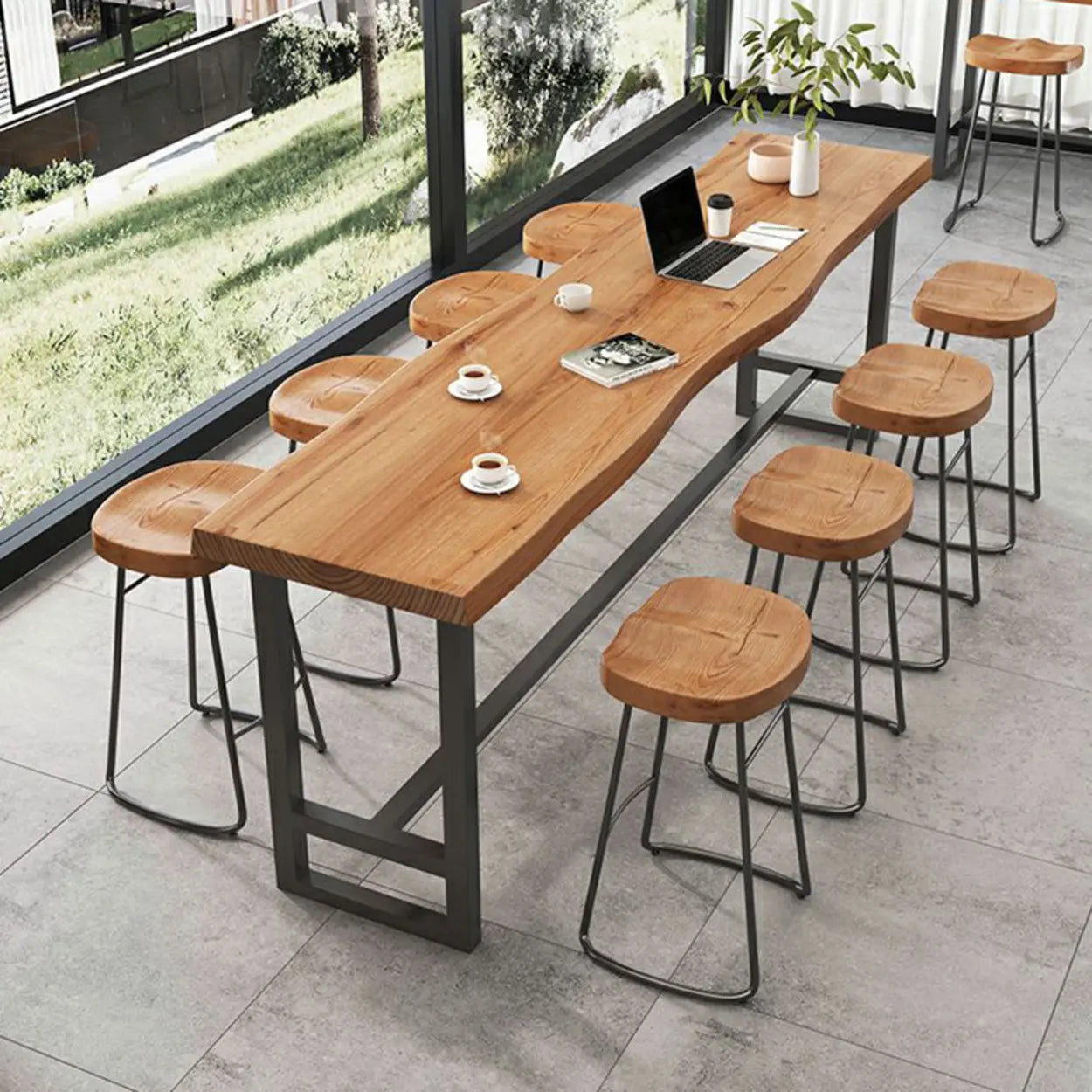
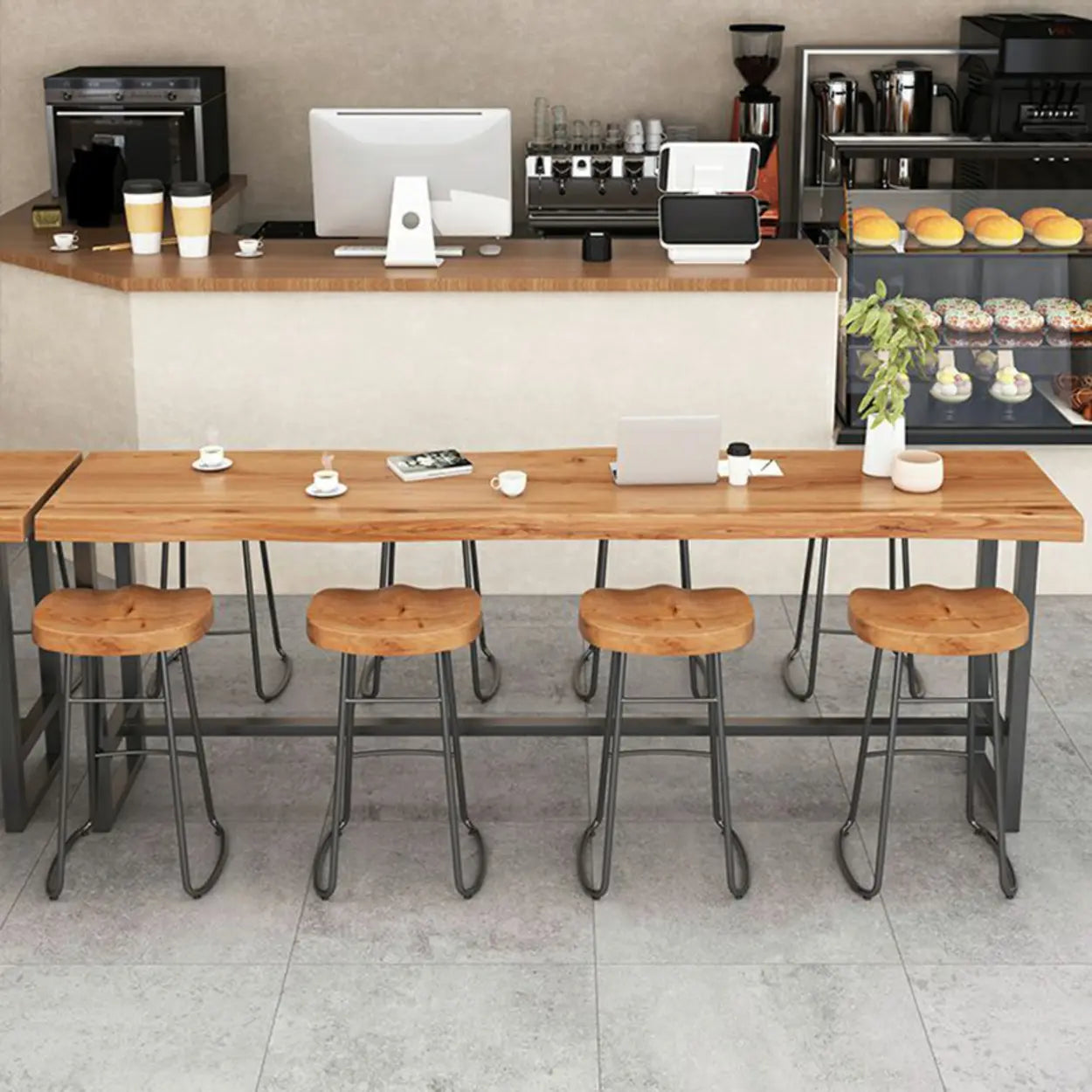
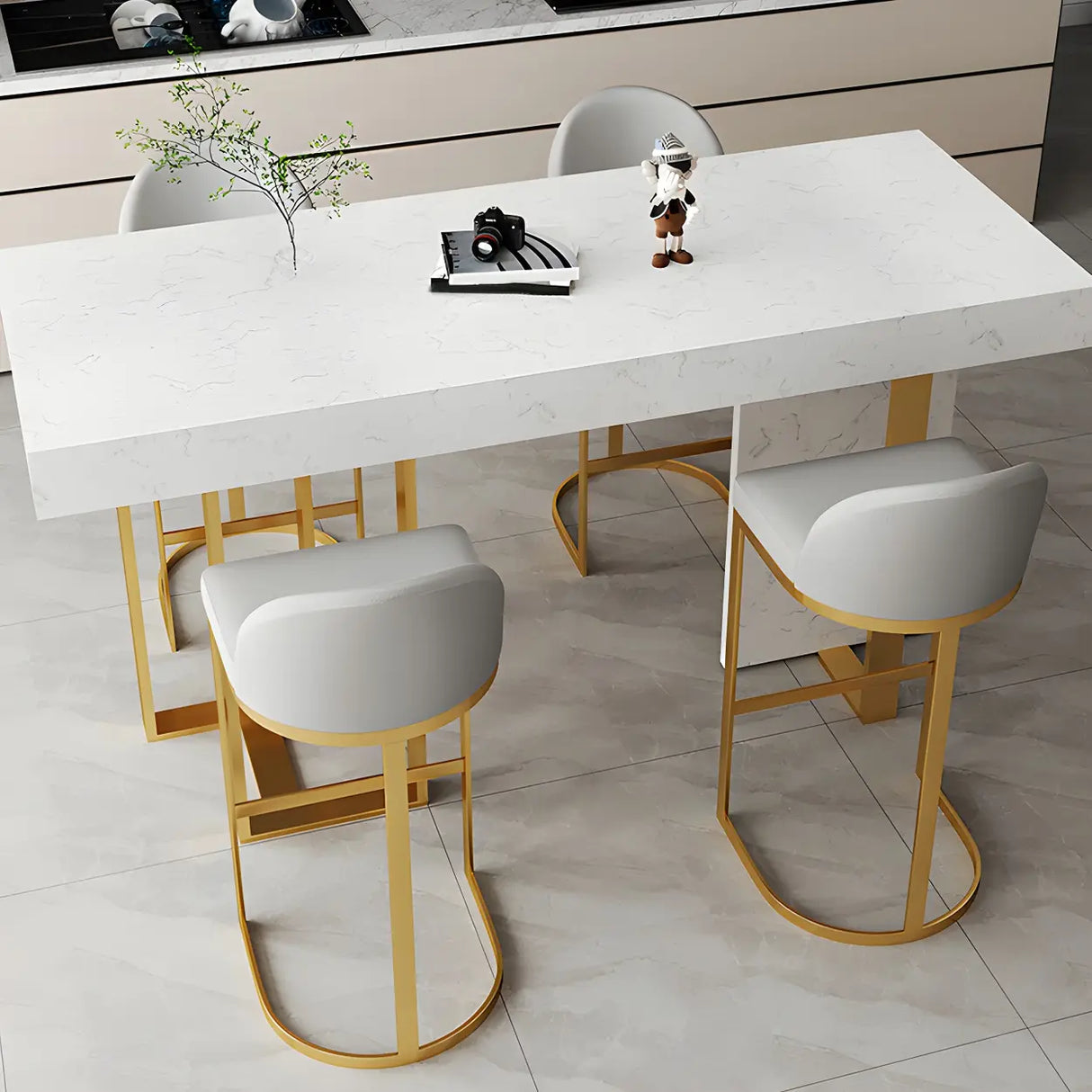
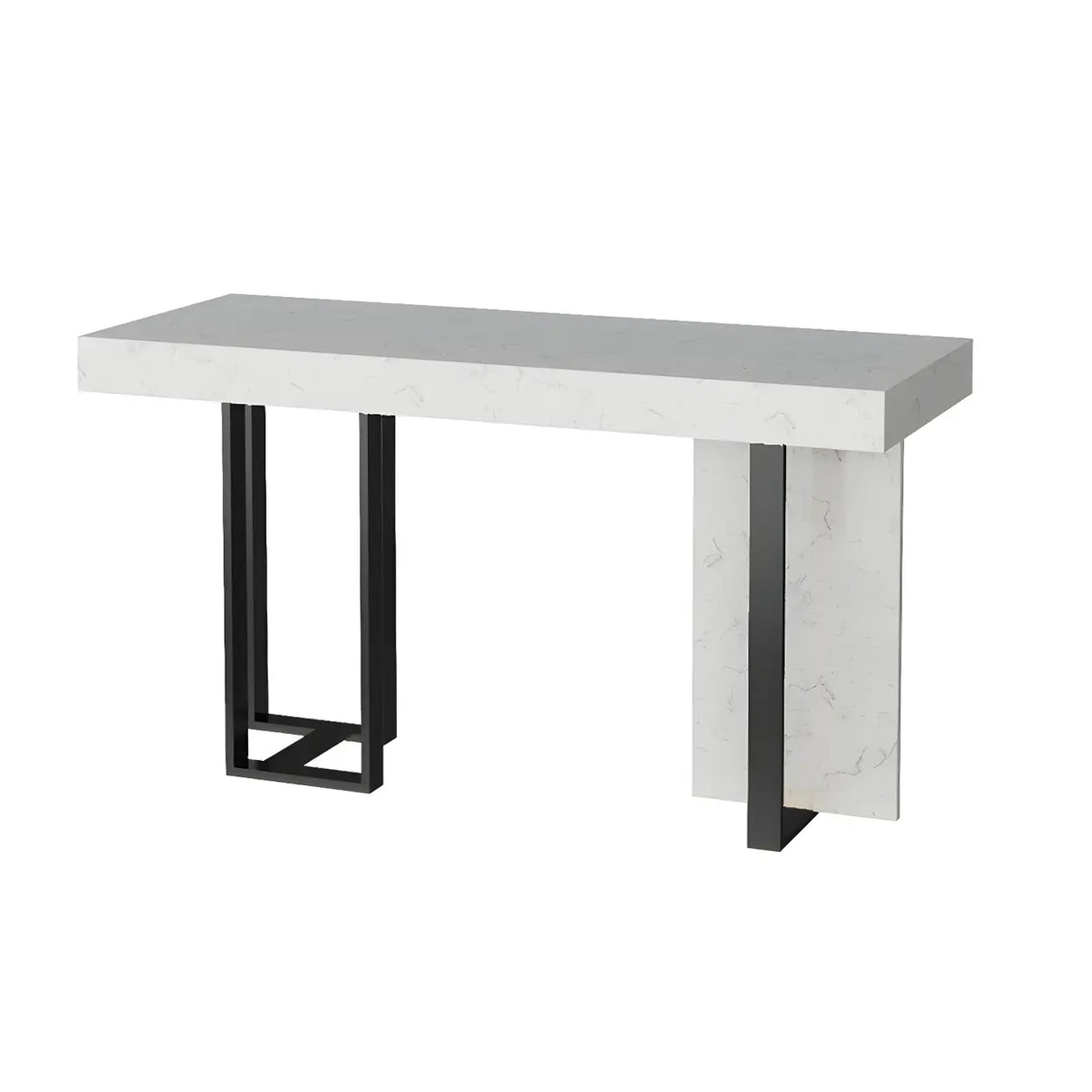
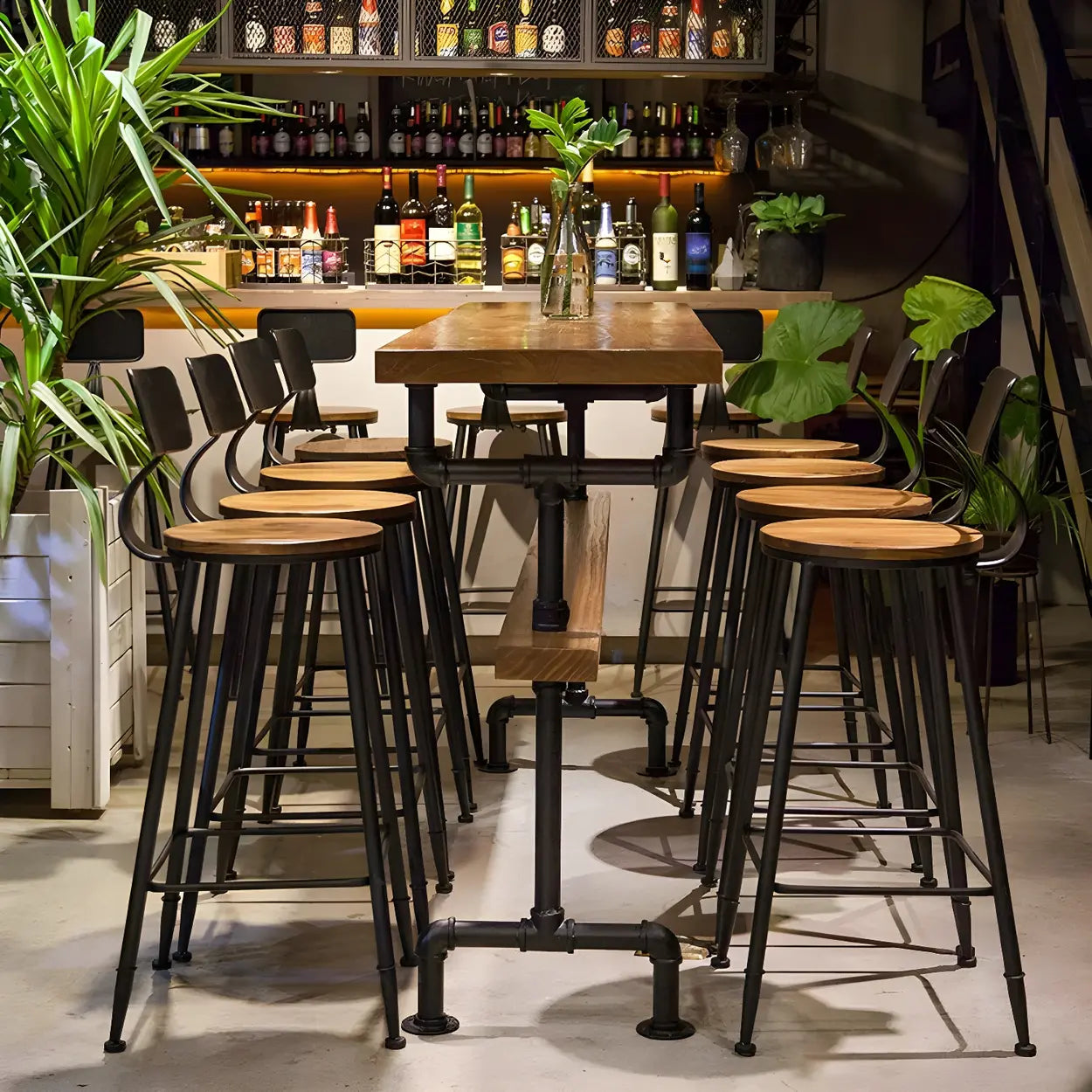

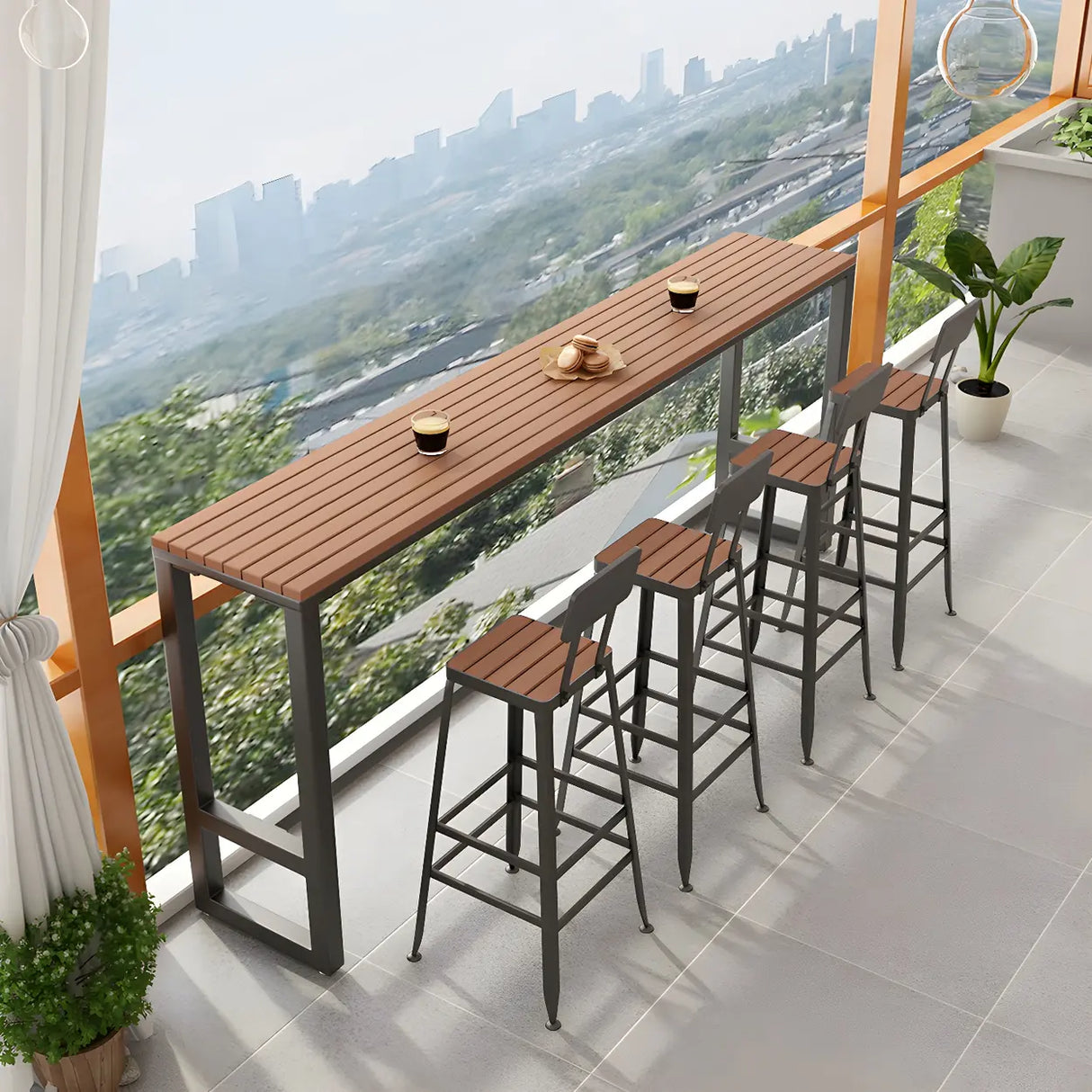
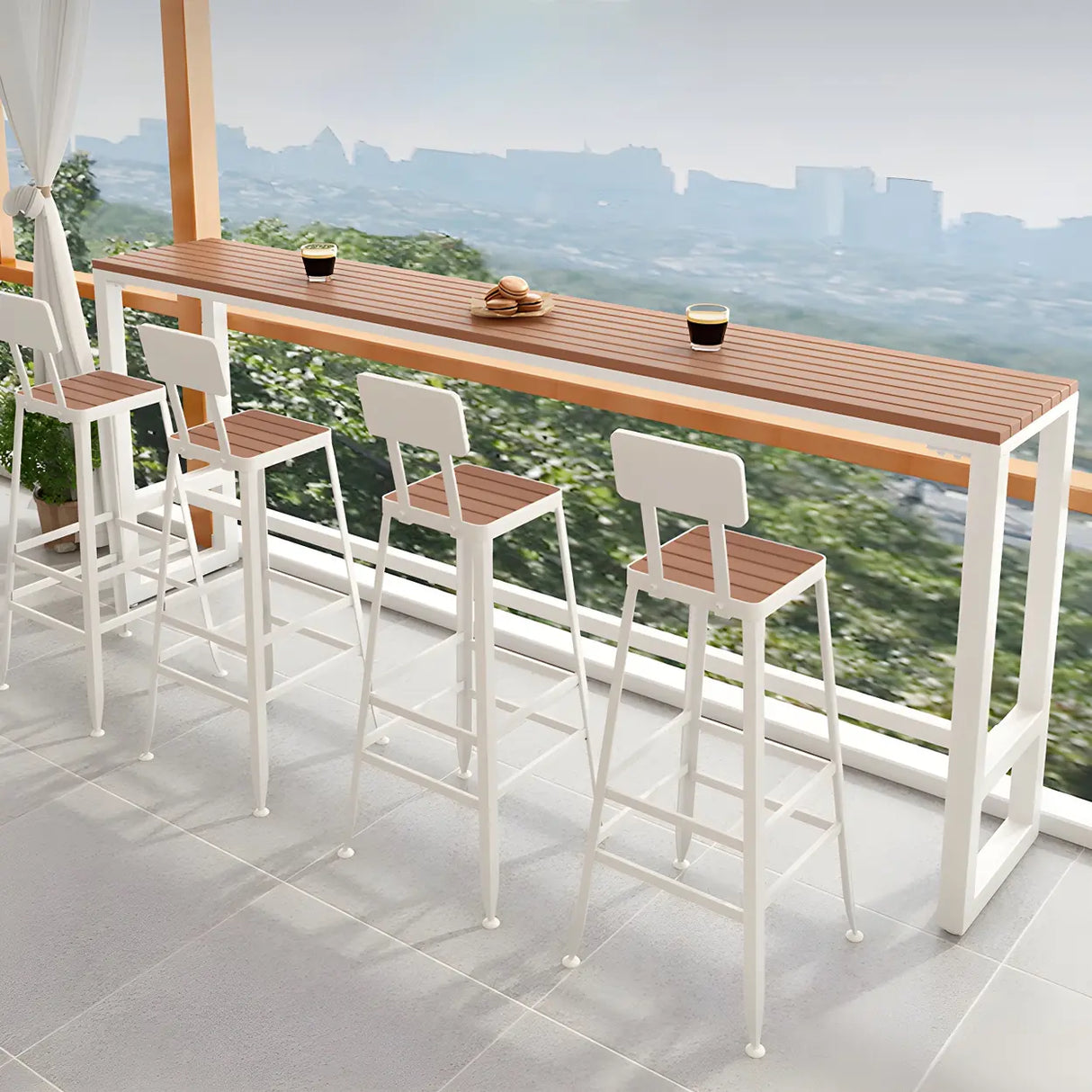


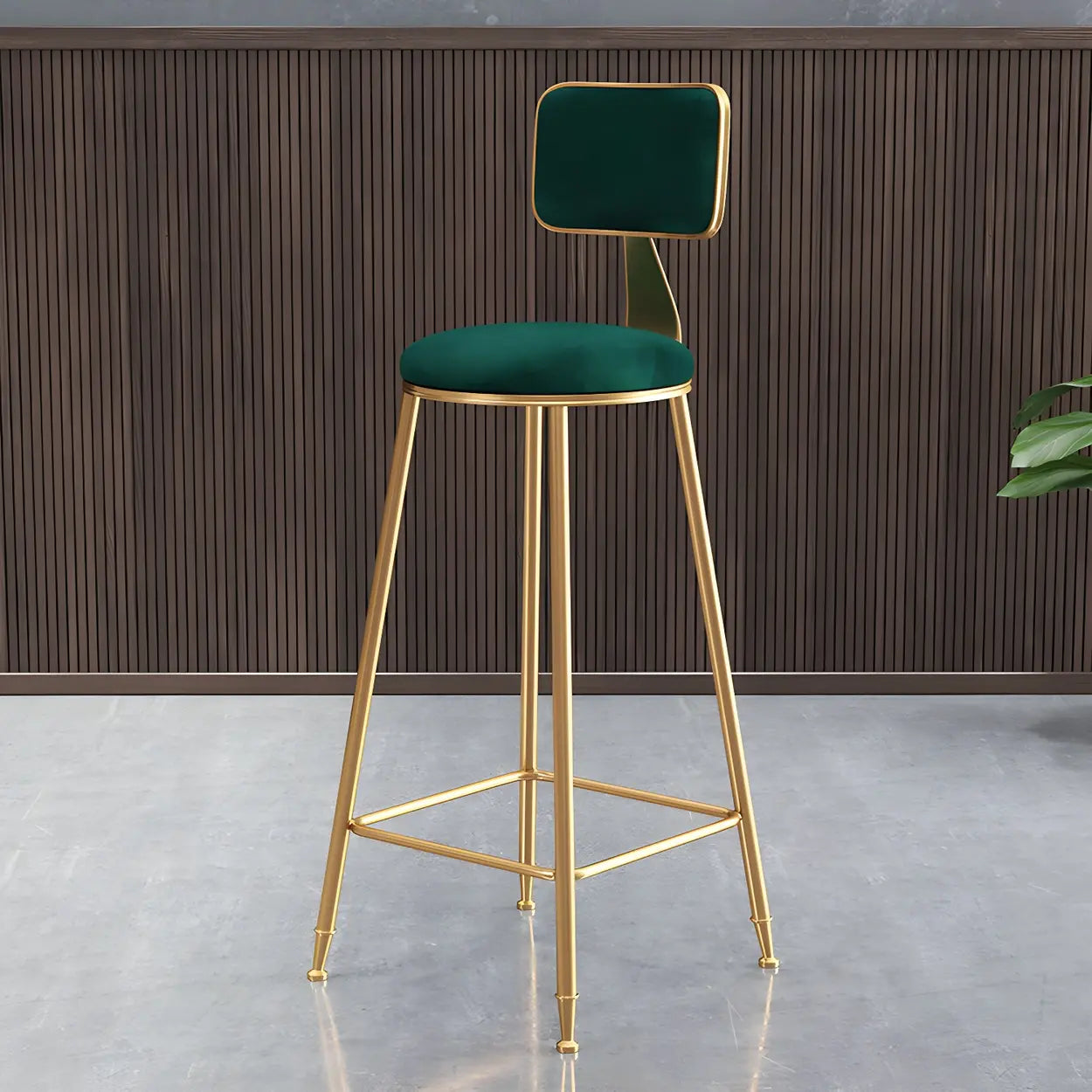
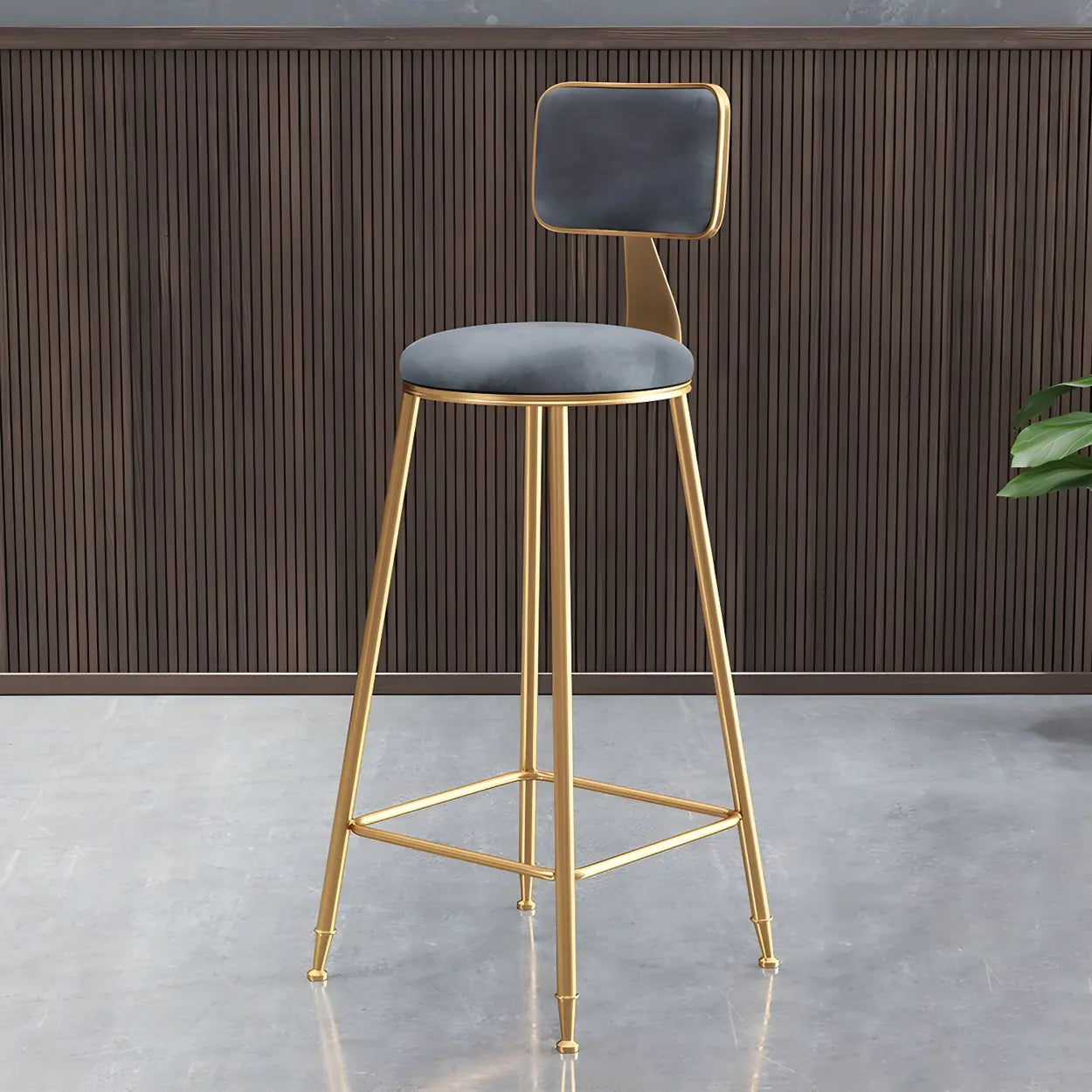
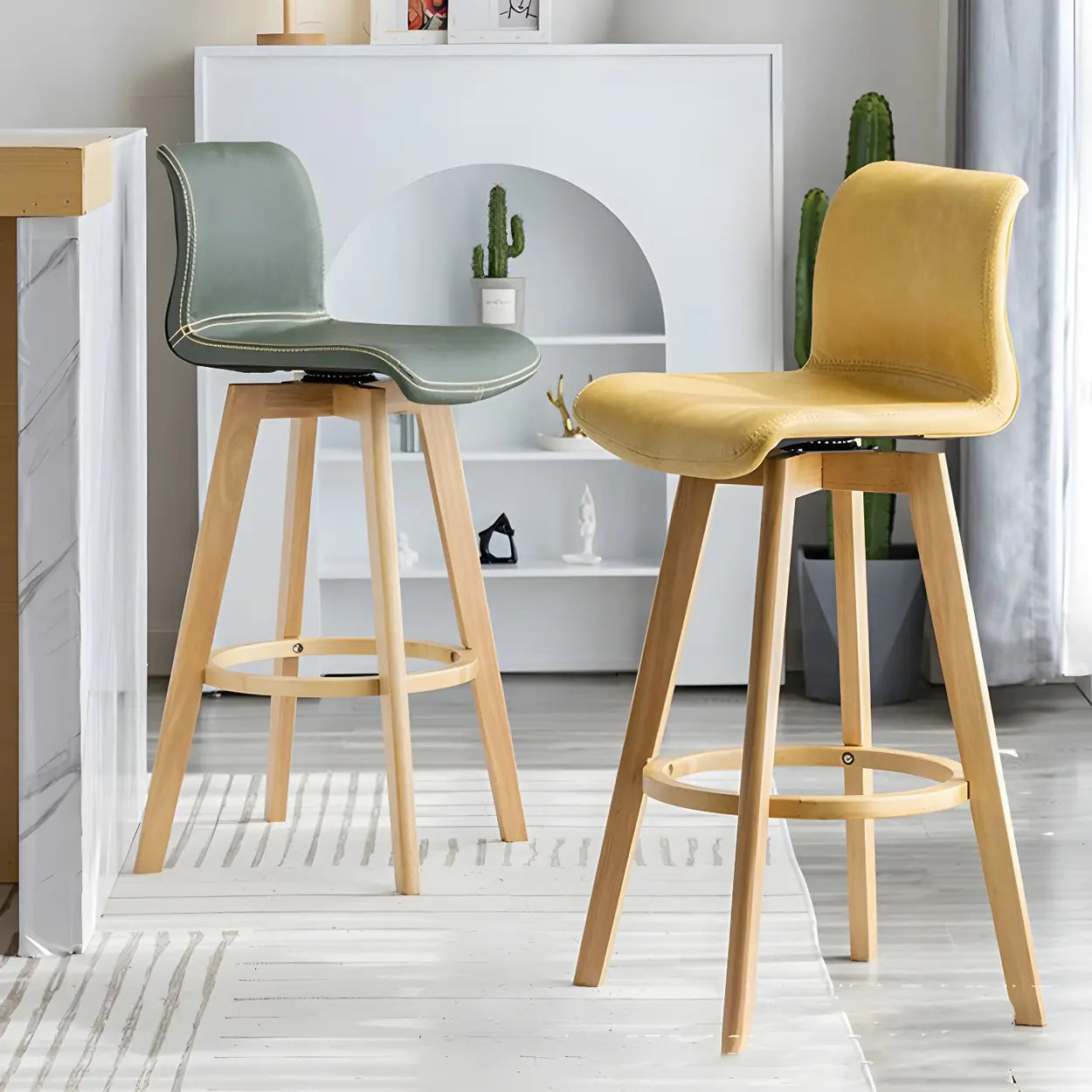
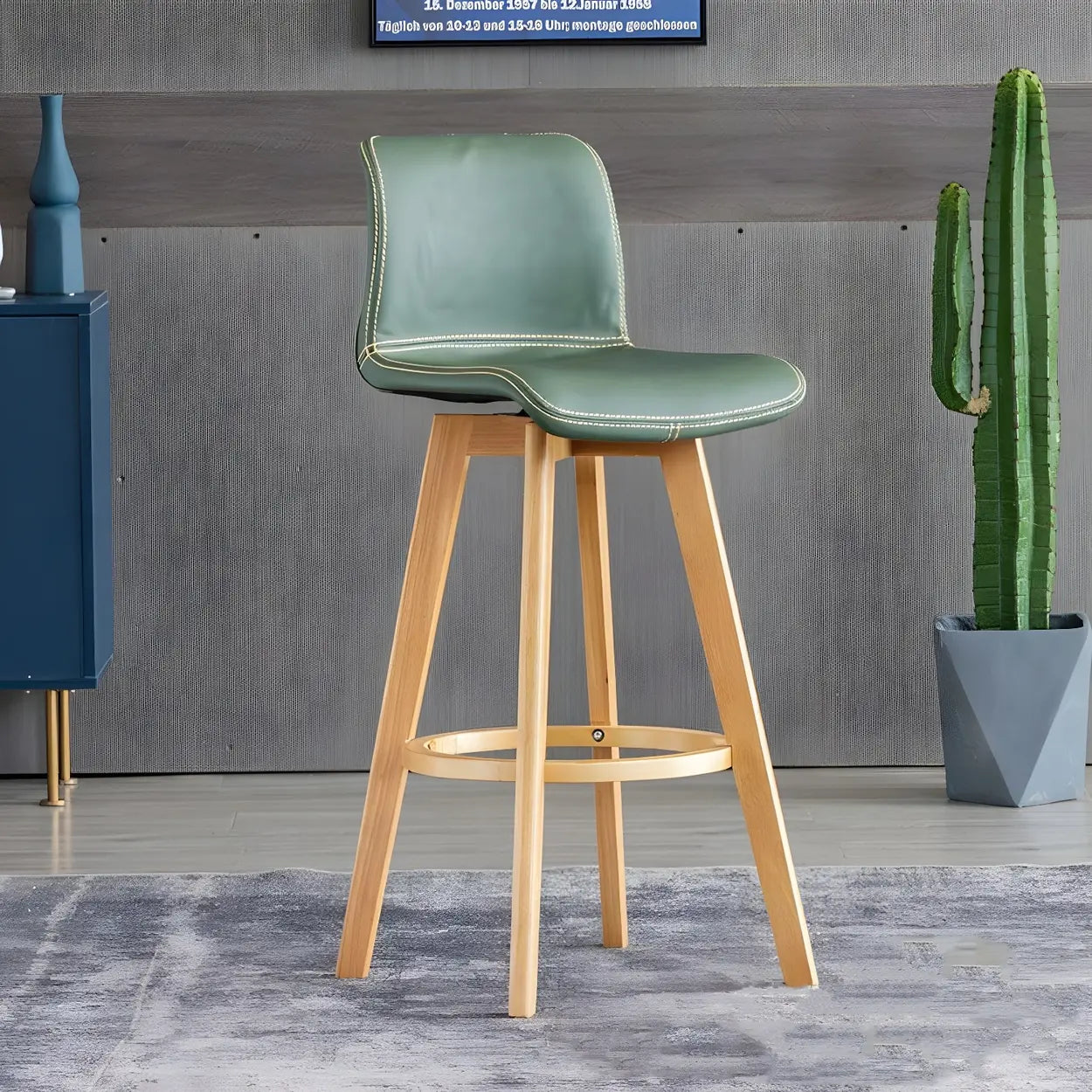



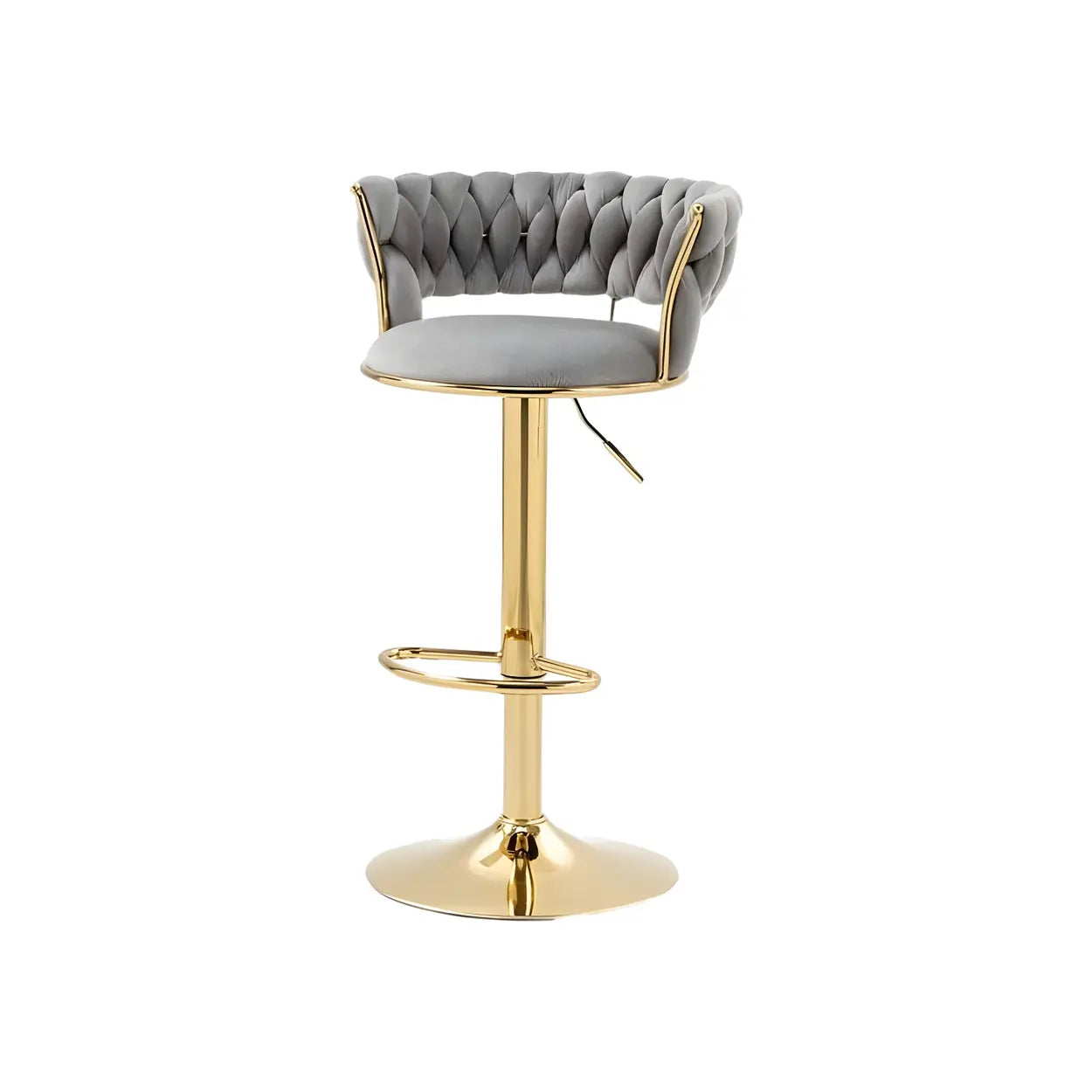
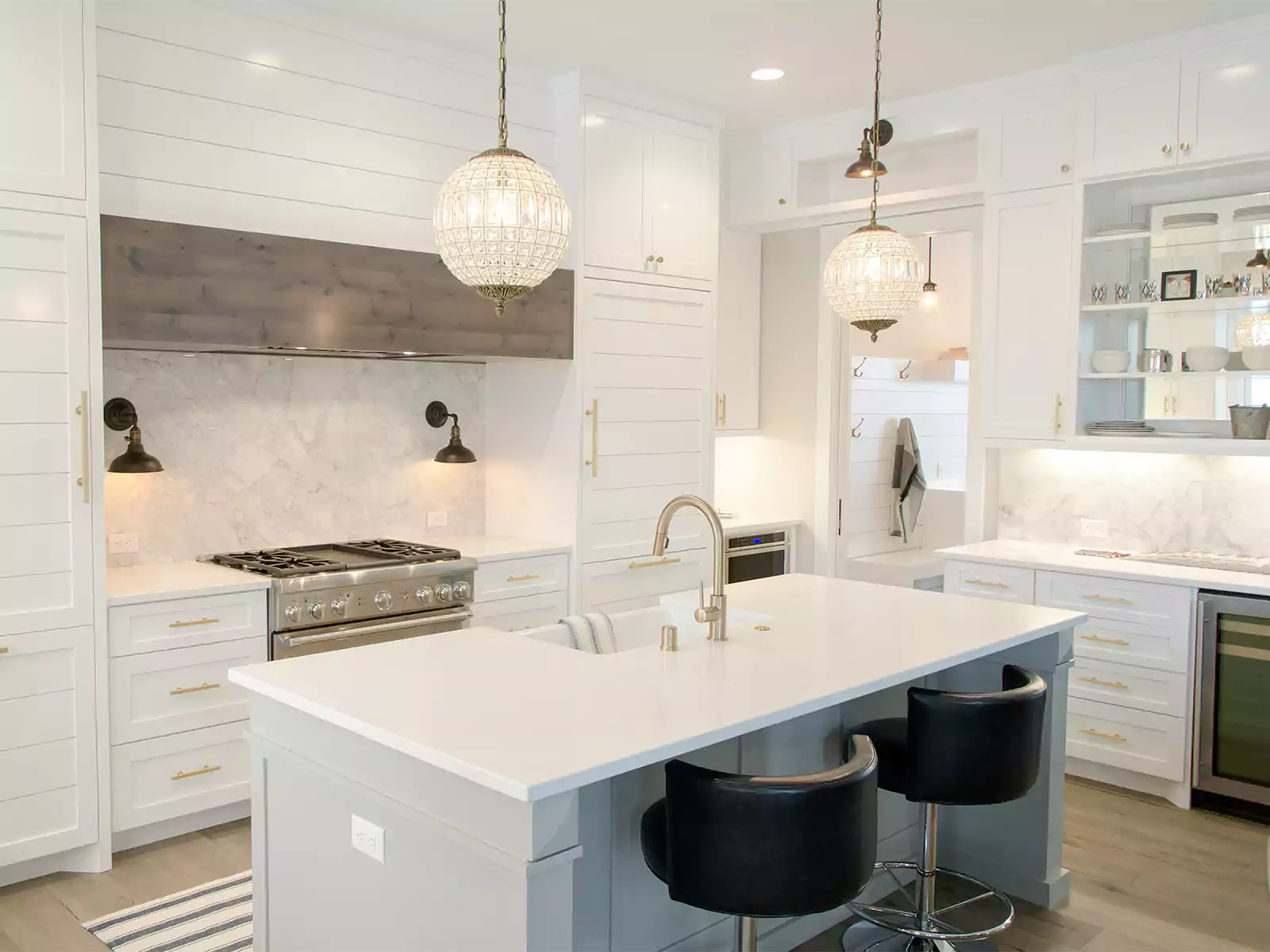
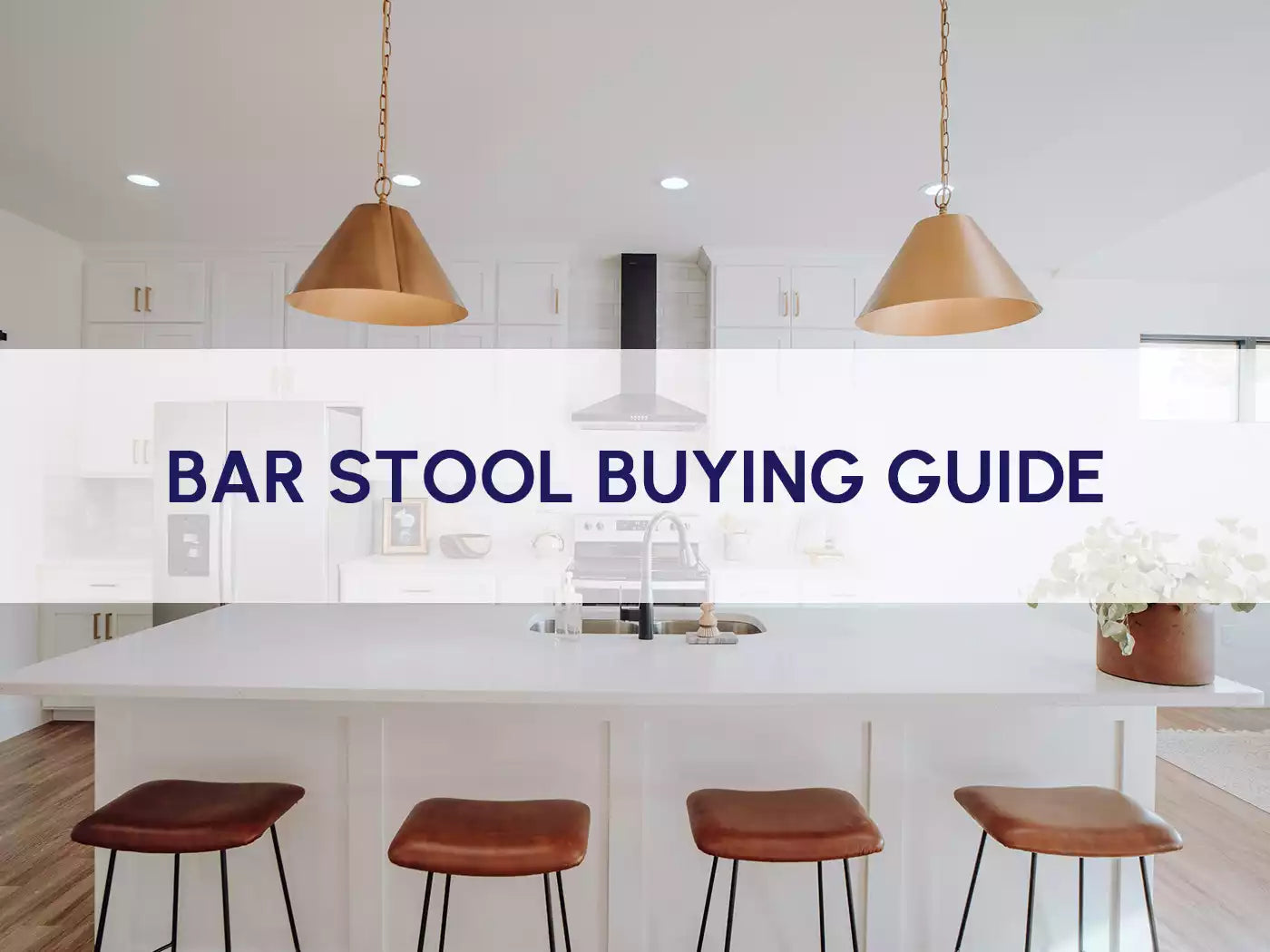

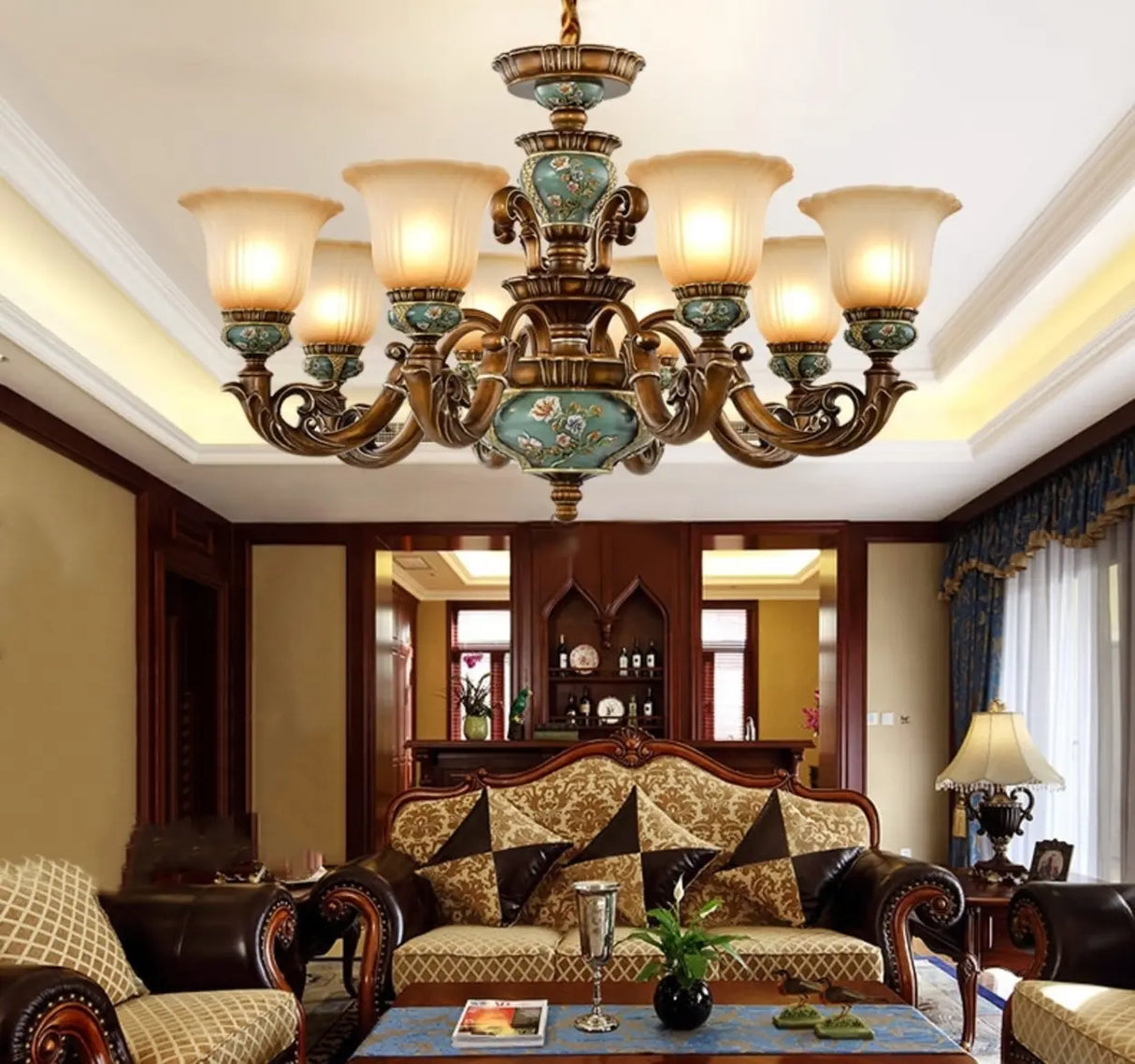
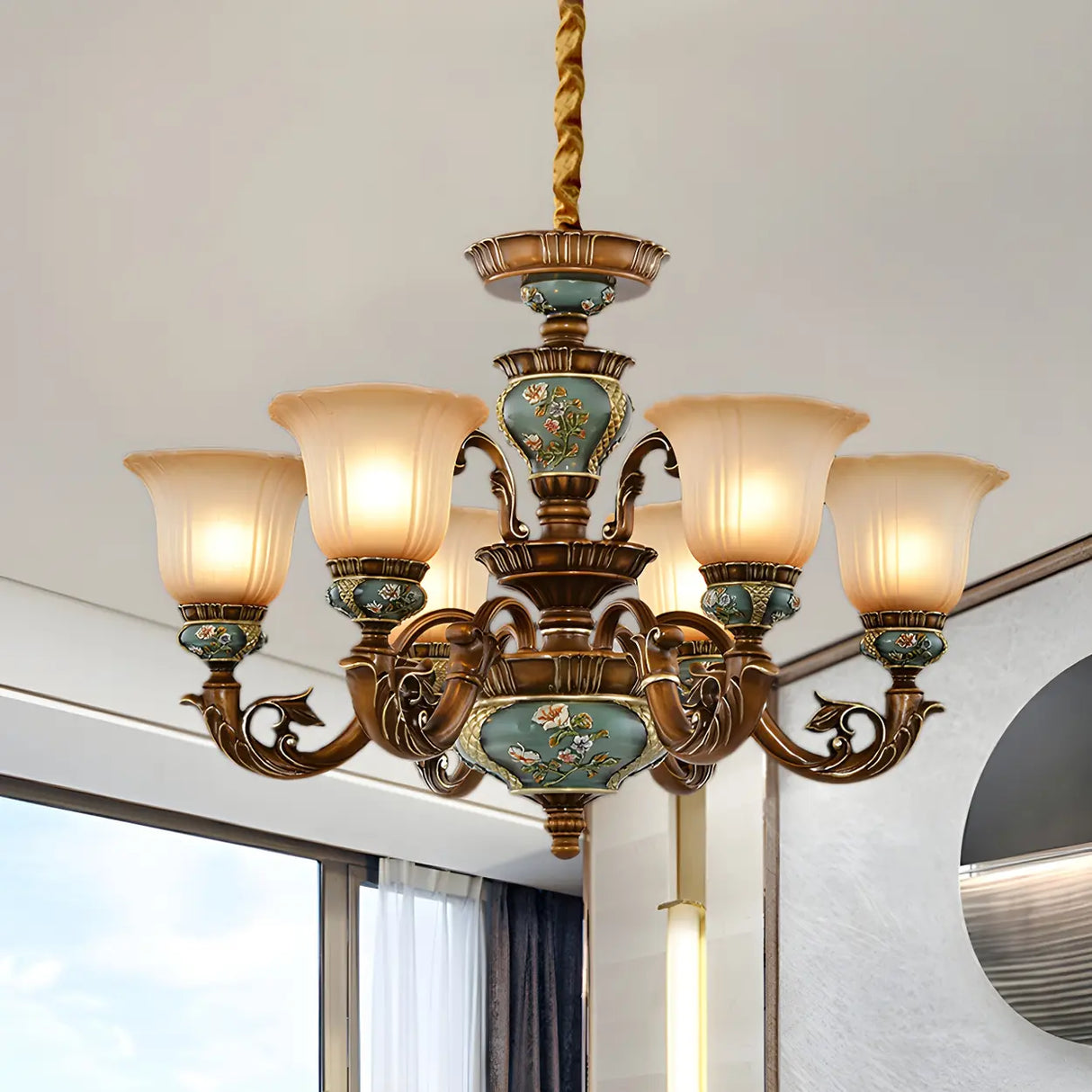
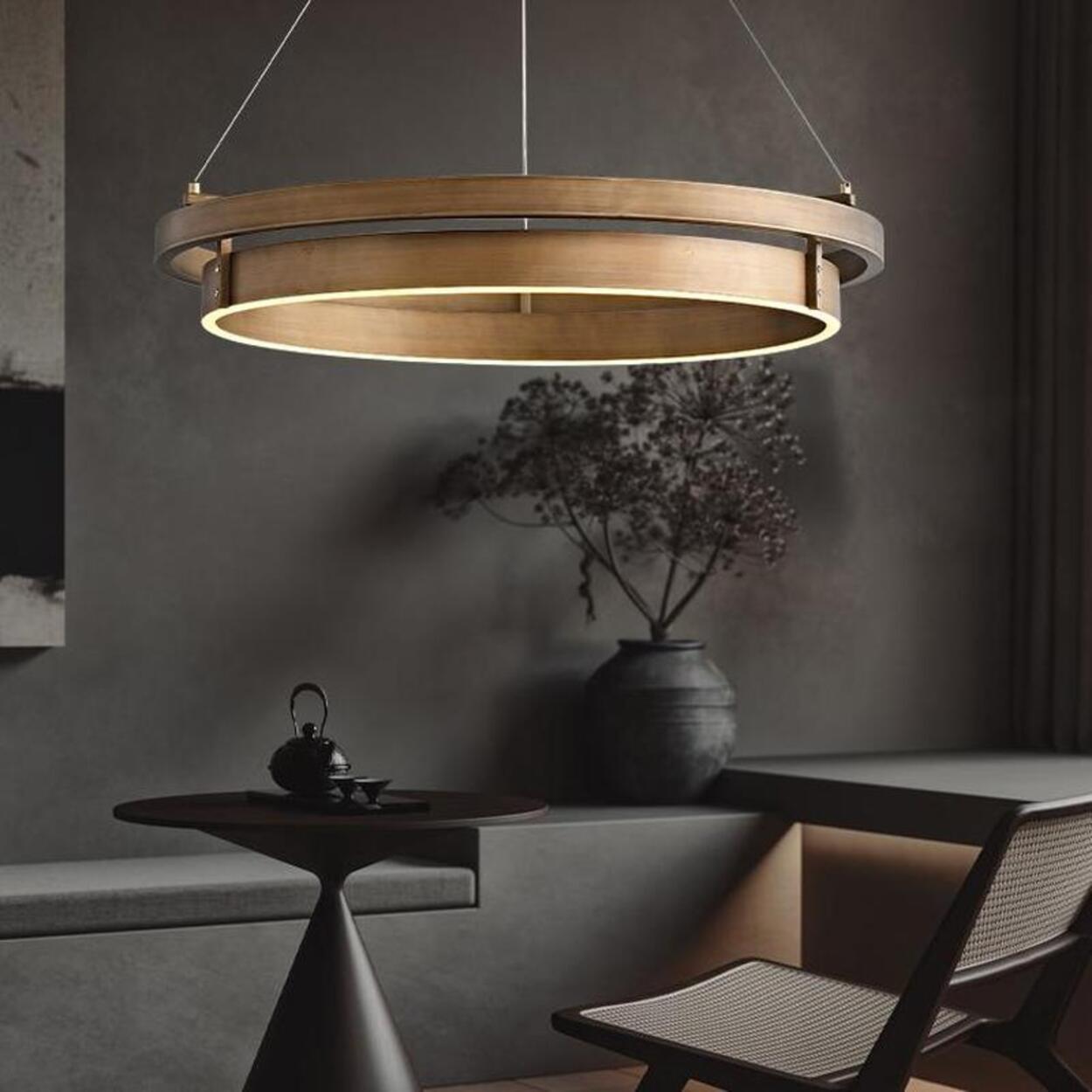
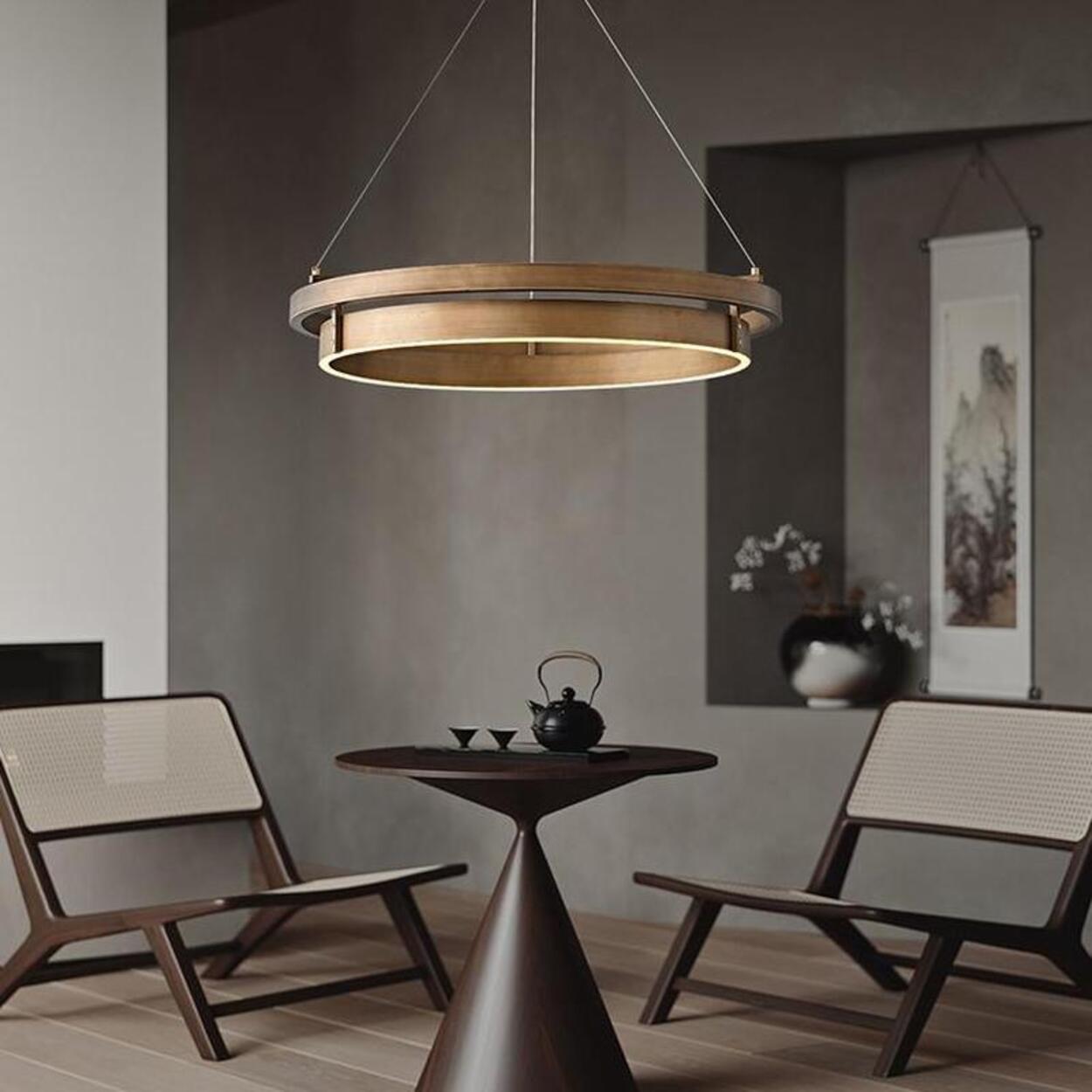
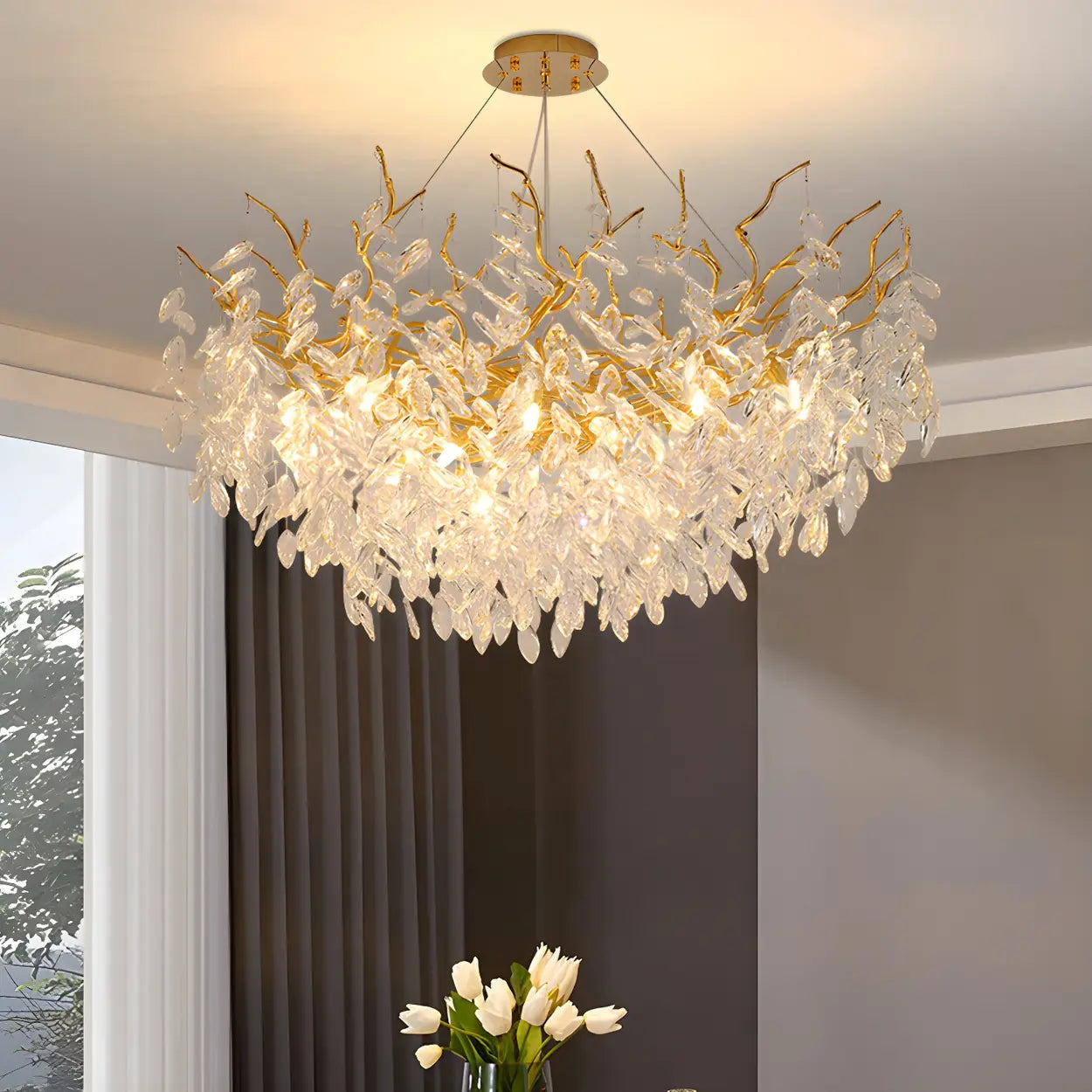
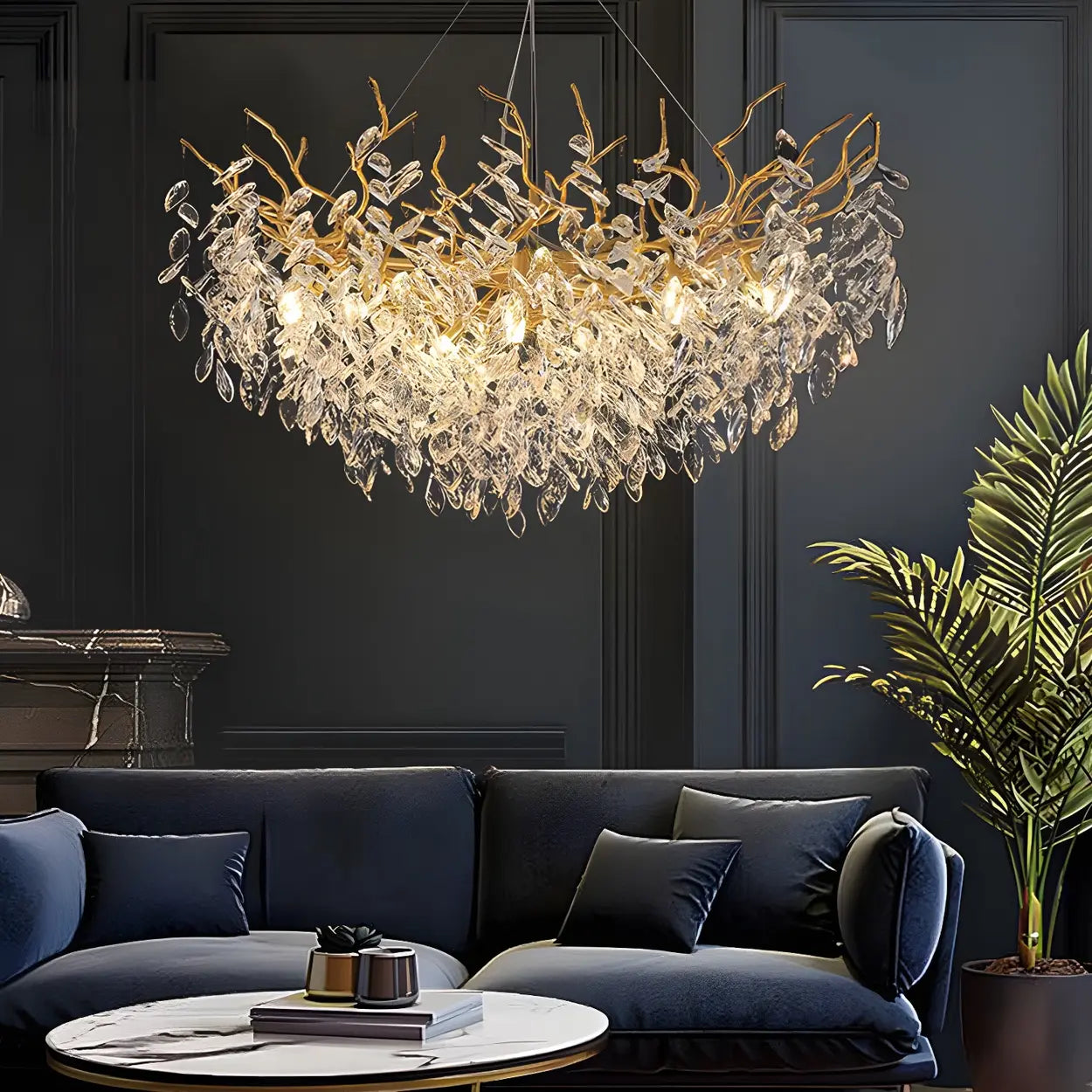
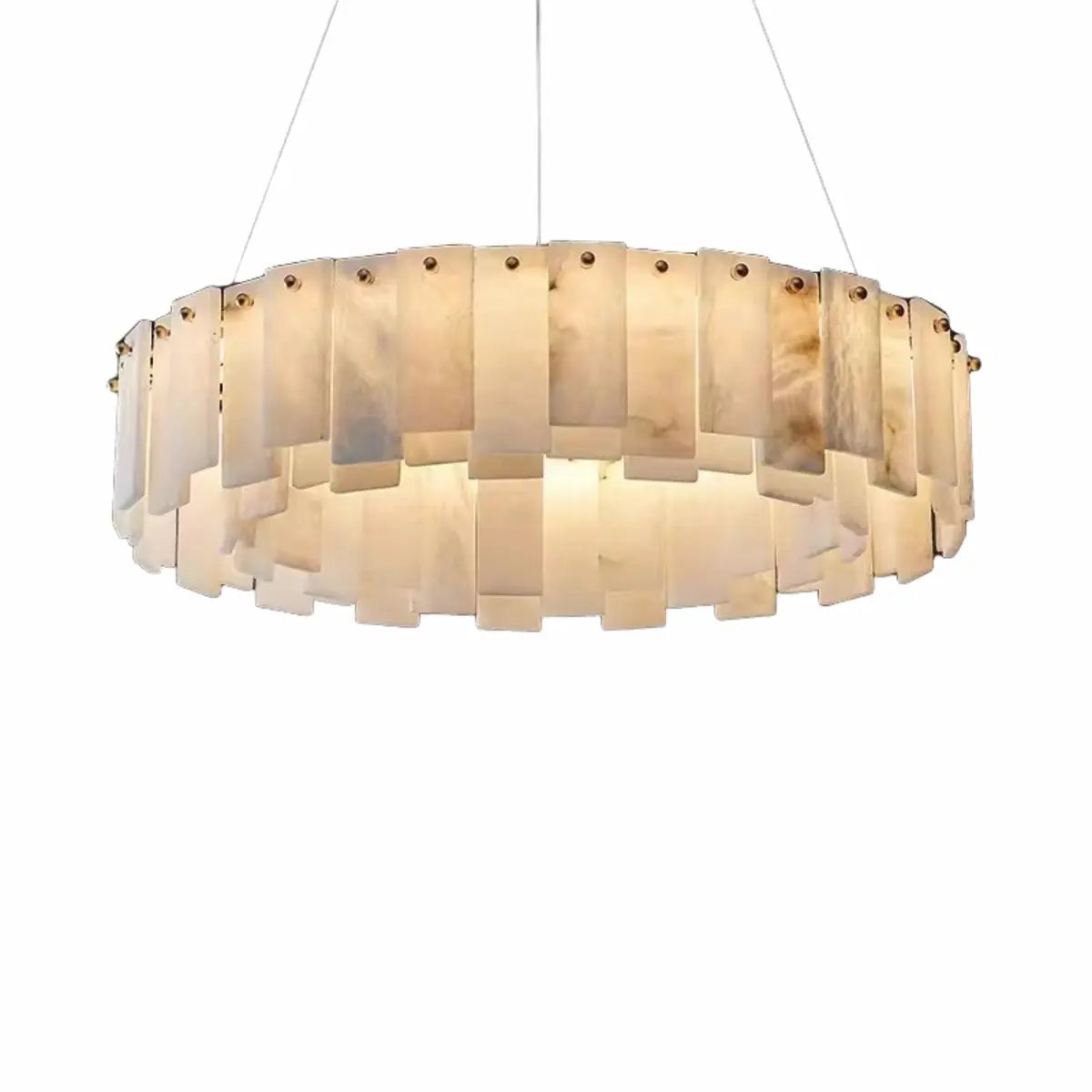

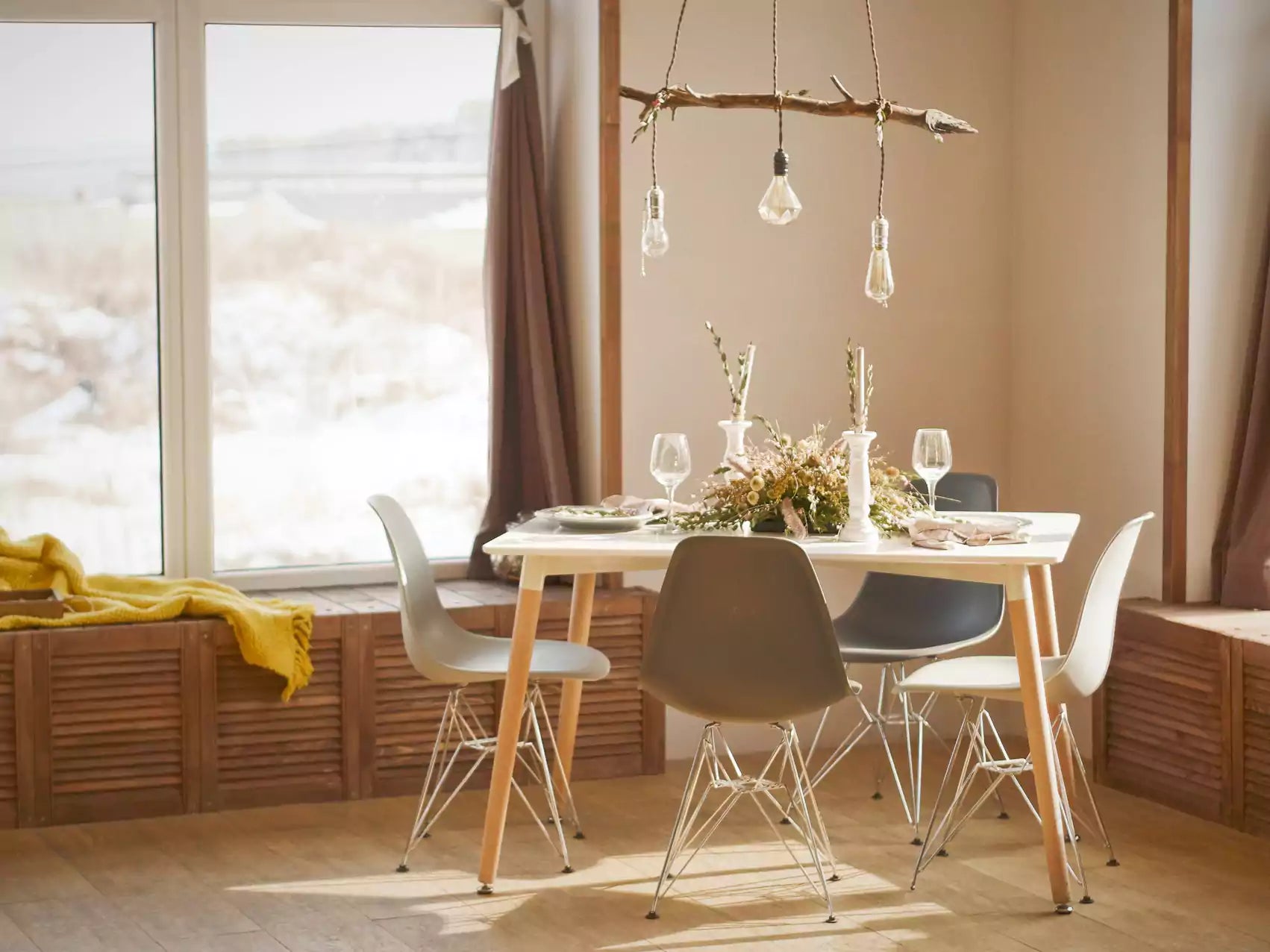
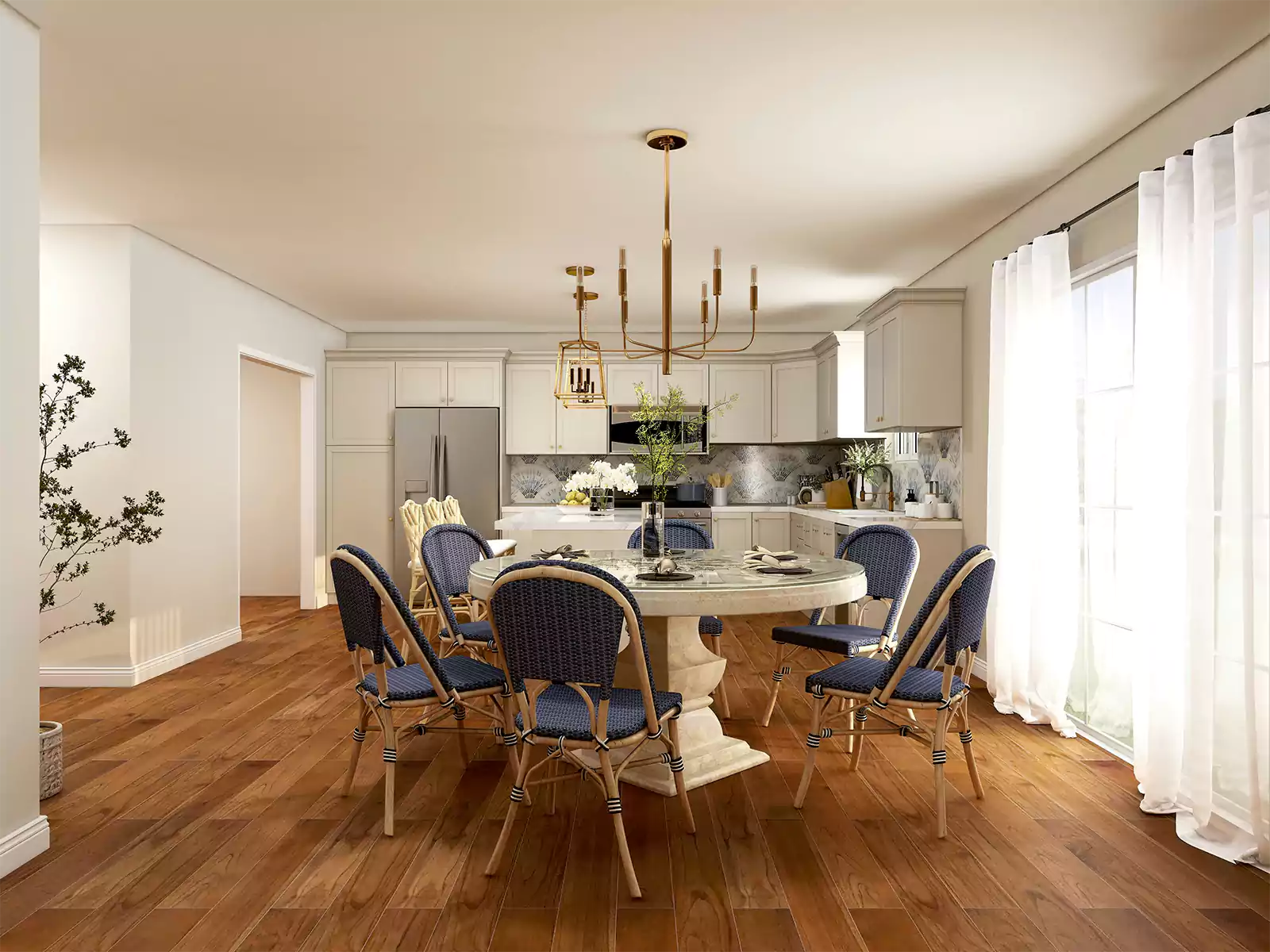
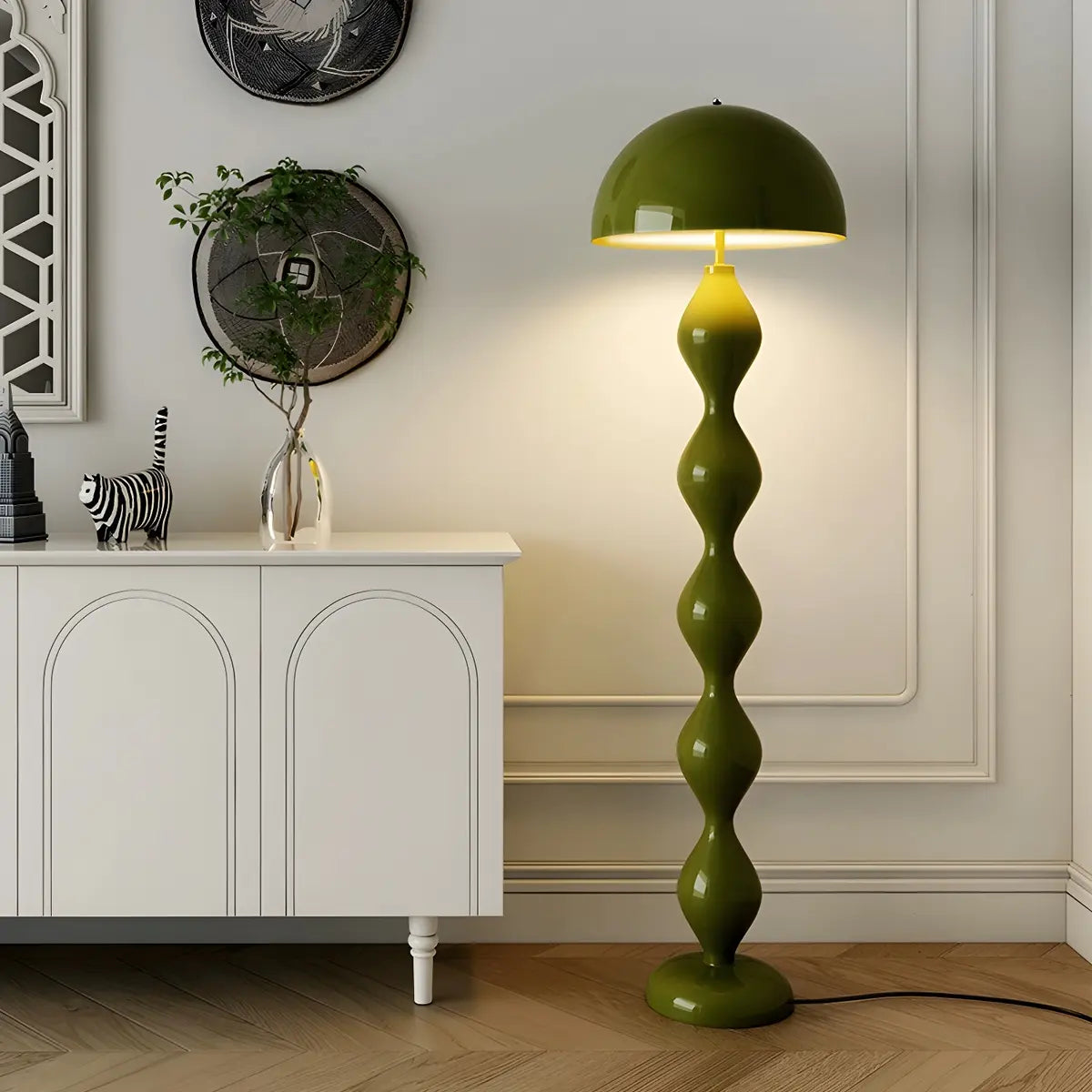
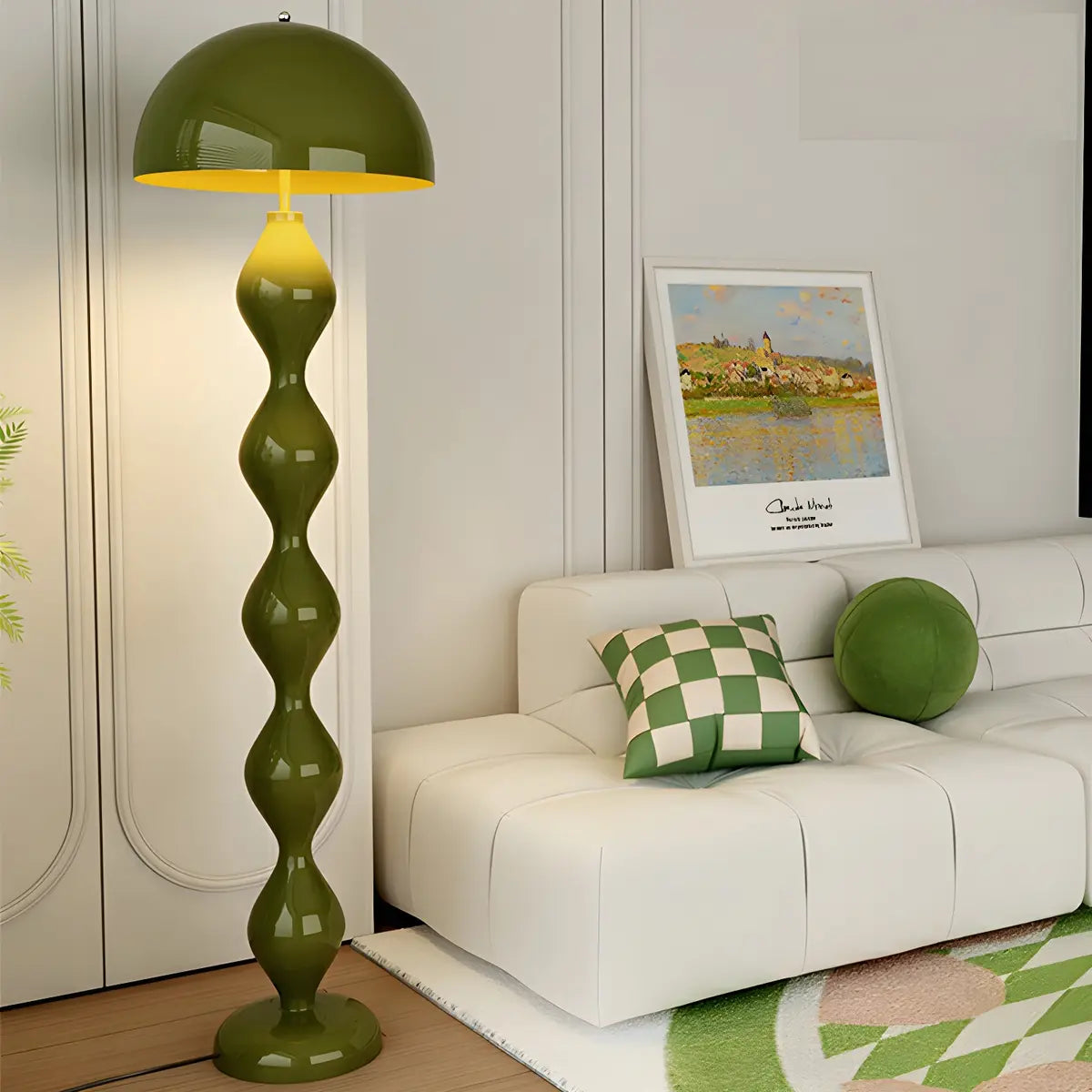
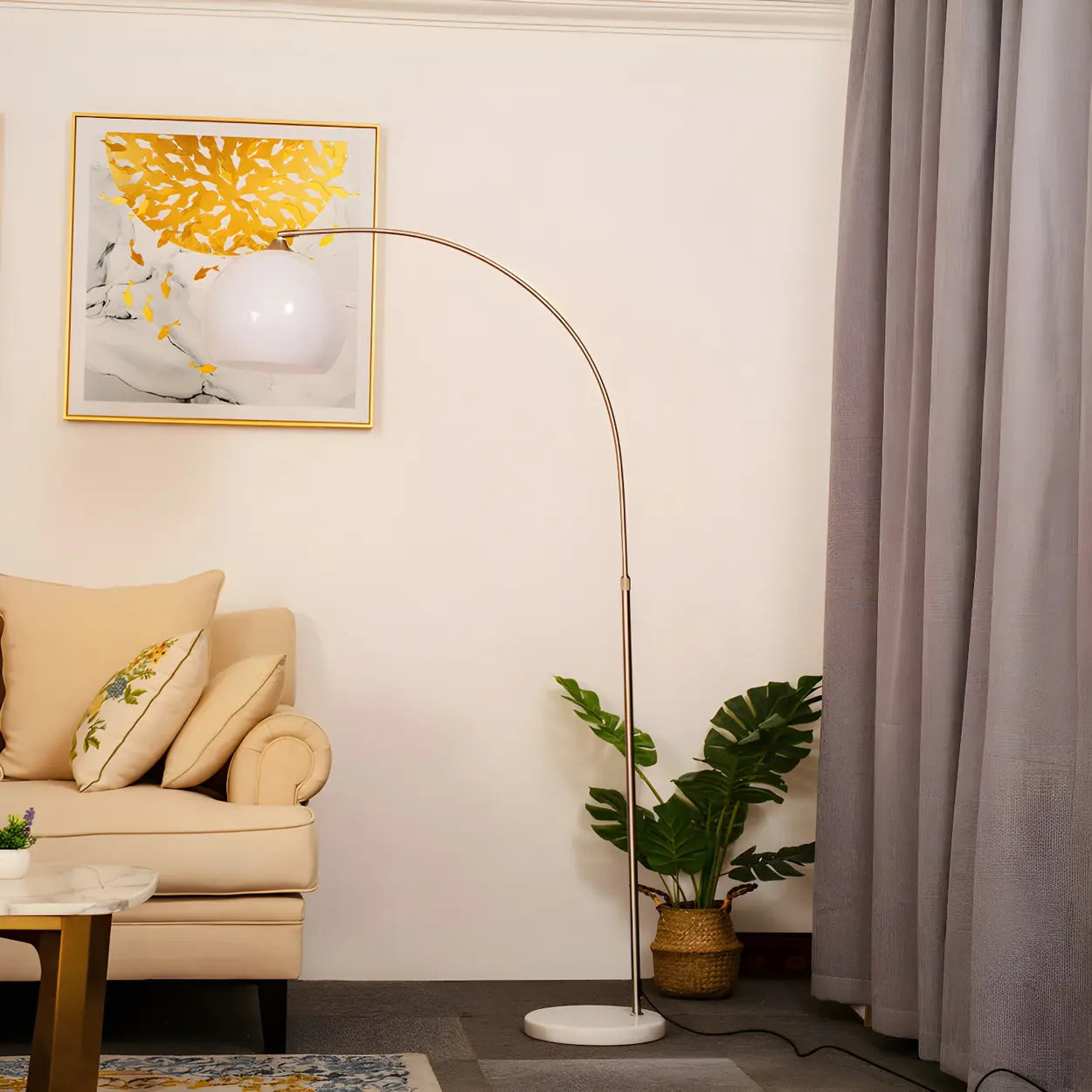
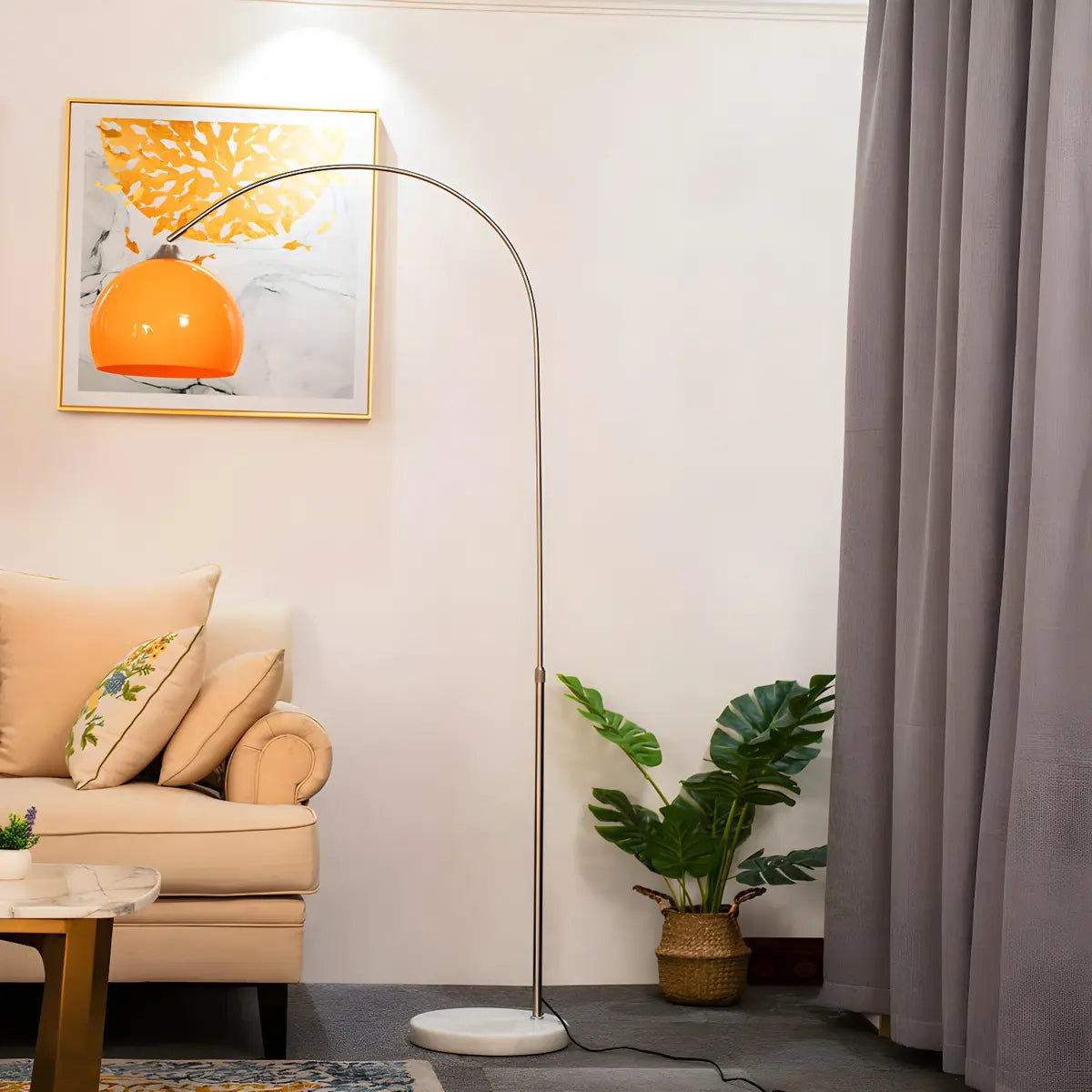
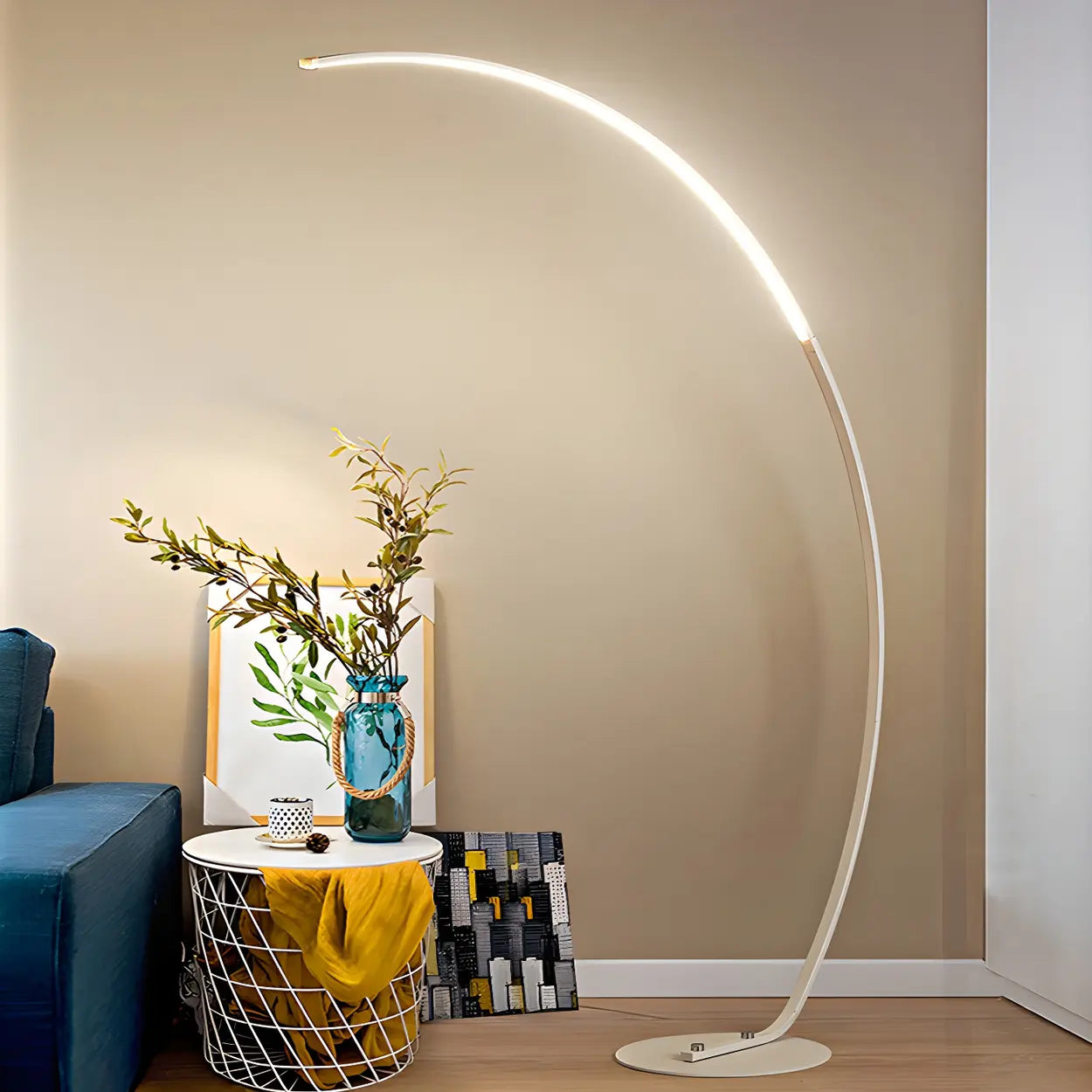

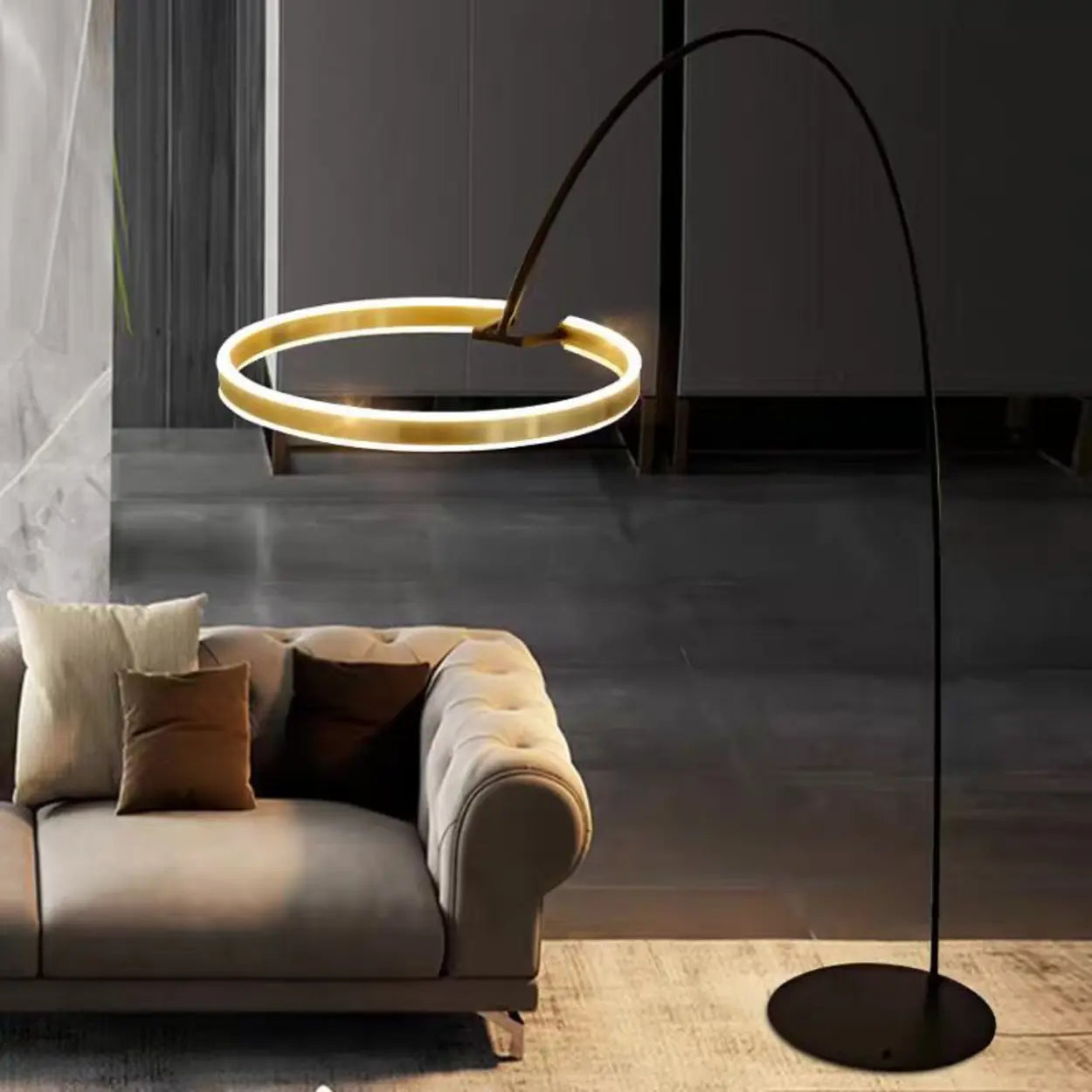

![10 Best Floor Lamp for Reading [2025 Review]](http://www.homebaa.com/cdn/shop/articles/banner_c990b0a4-4743-4902-b6be-5609f7a21a90.webp?v=1747357941)



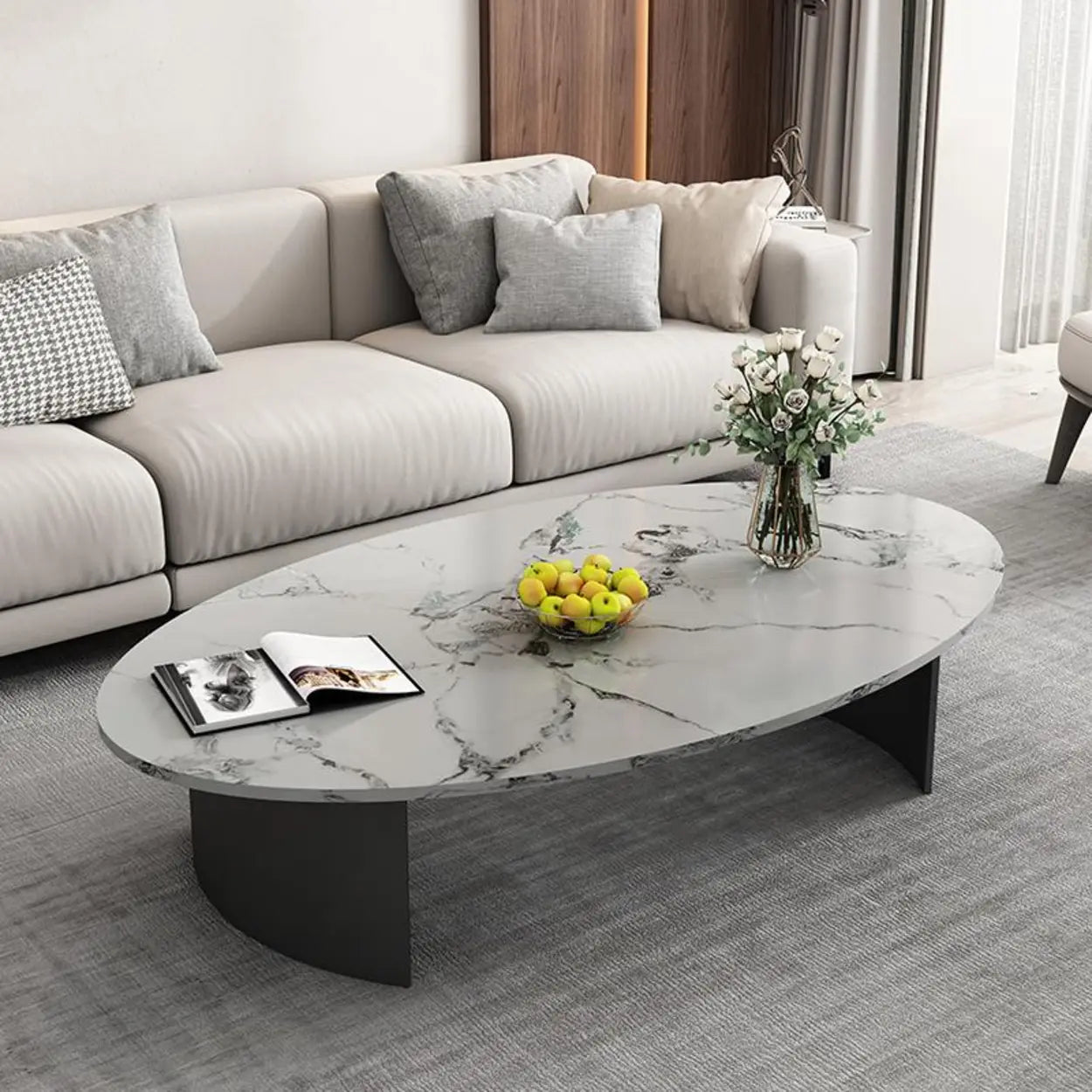
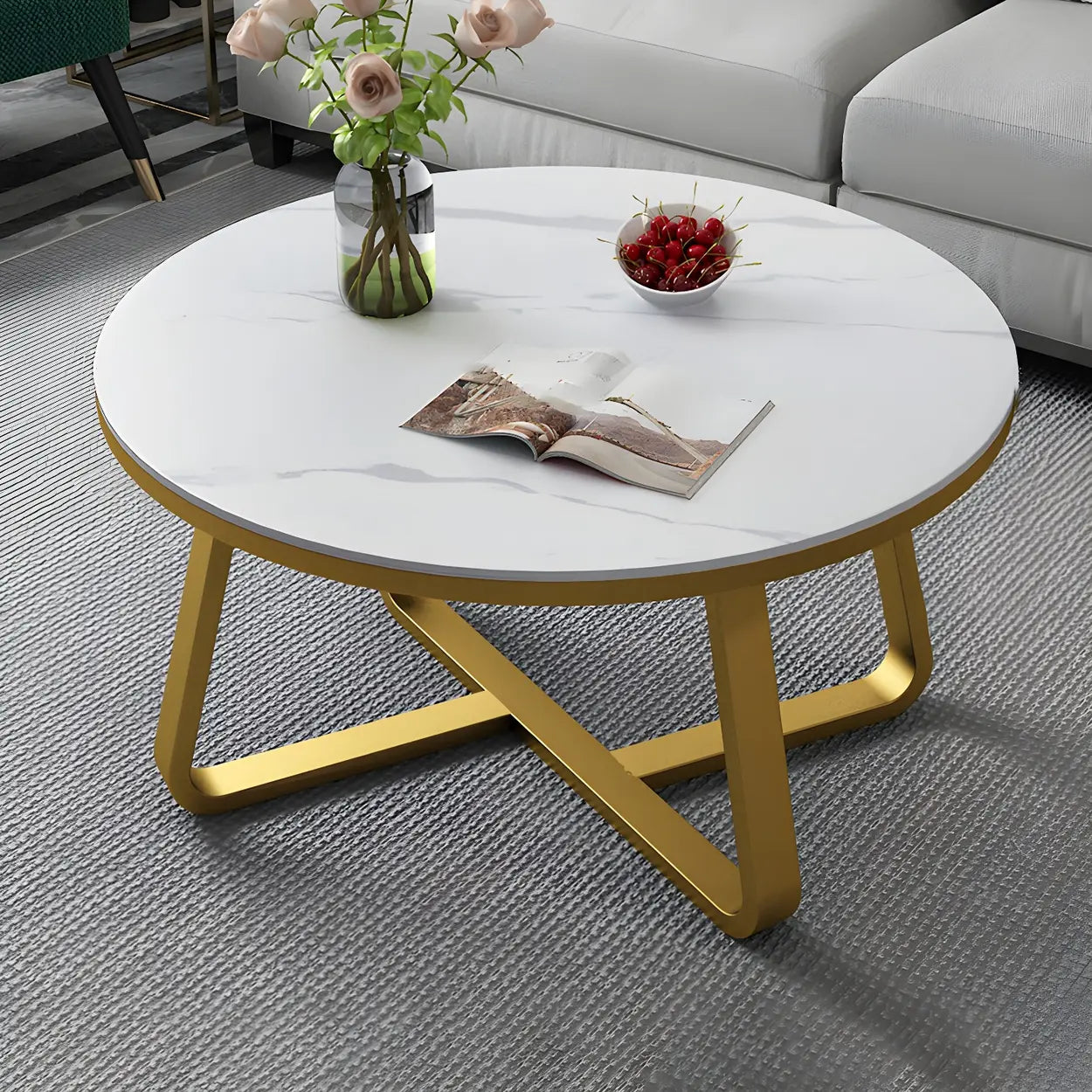
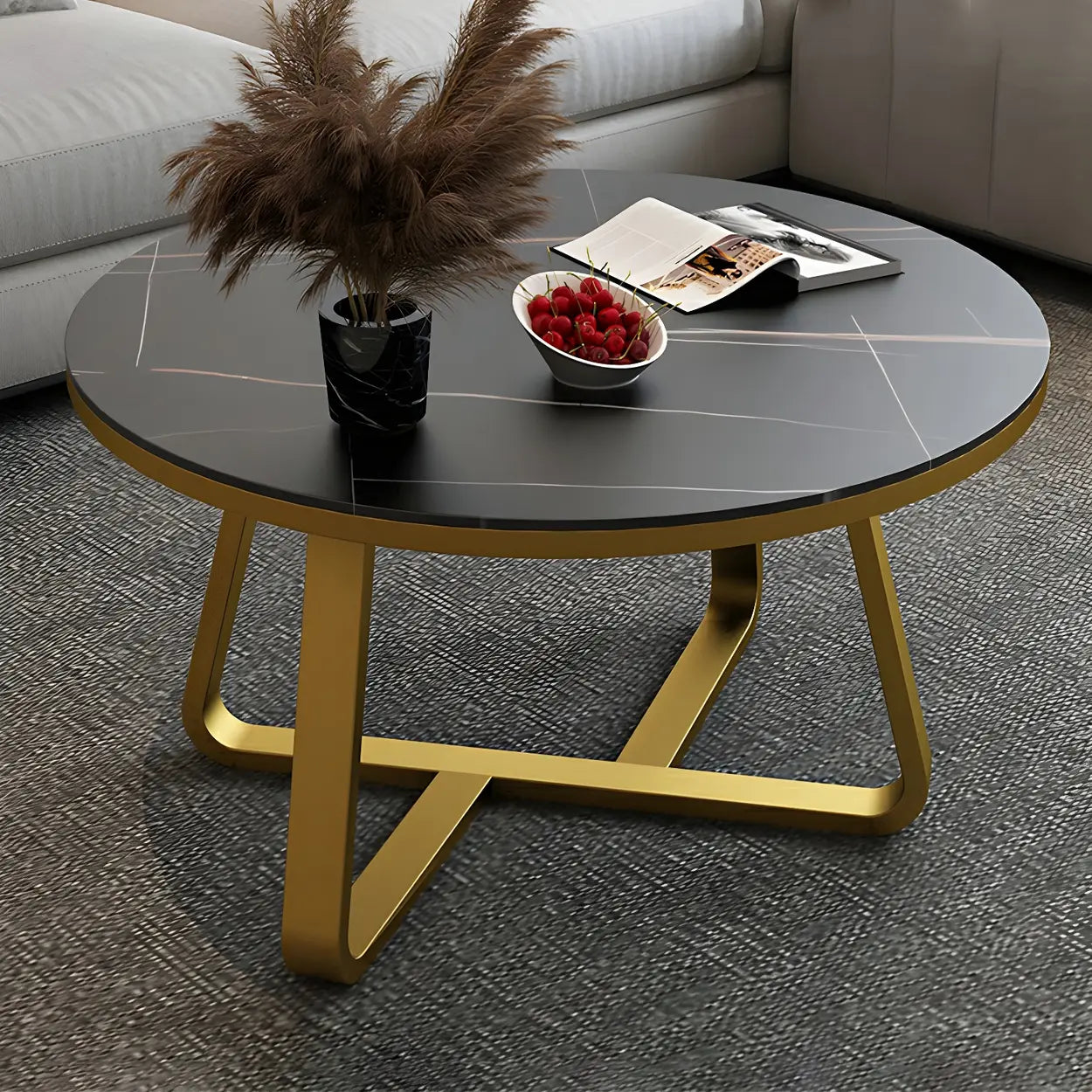
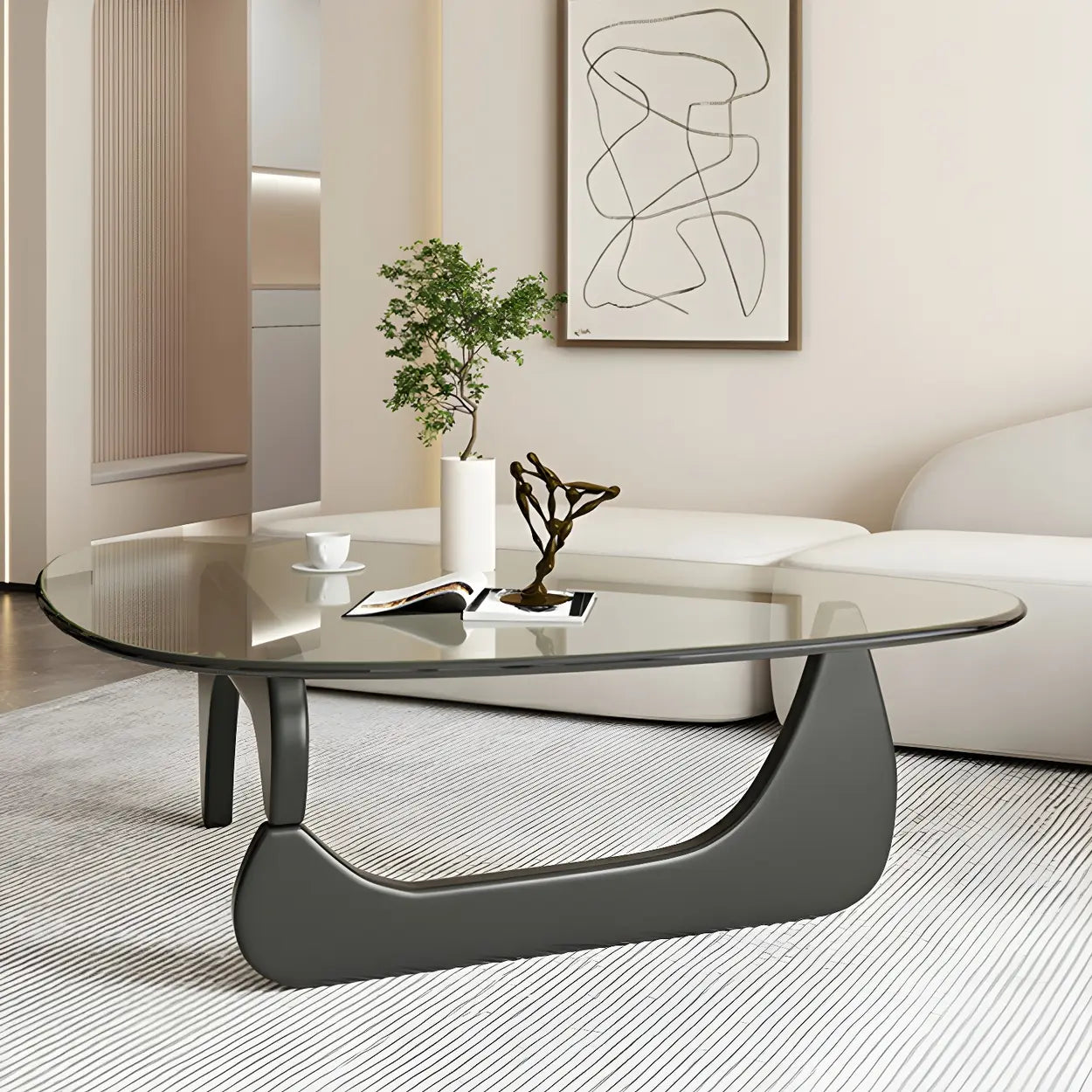
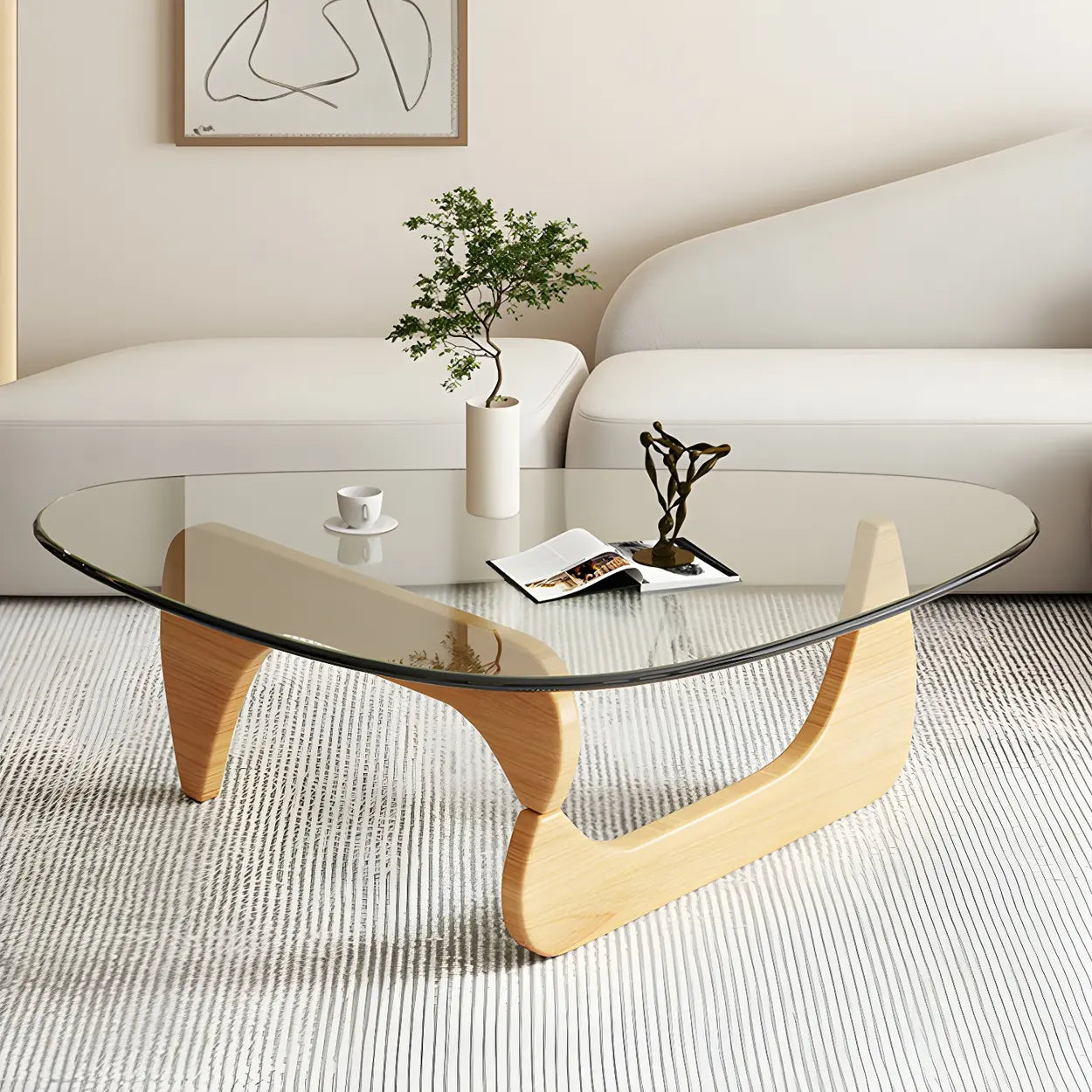



![How to Choose the Coffee Table Height? [2025 Newest Guide]](http://www.homebaa.com/cdn/shop/articles/coffee-table-height.webp?v=1749523259)
